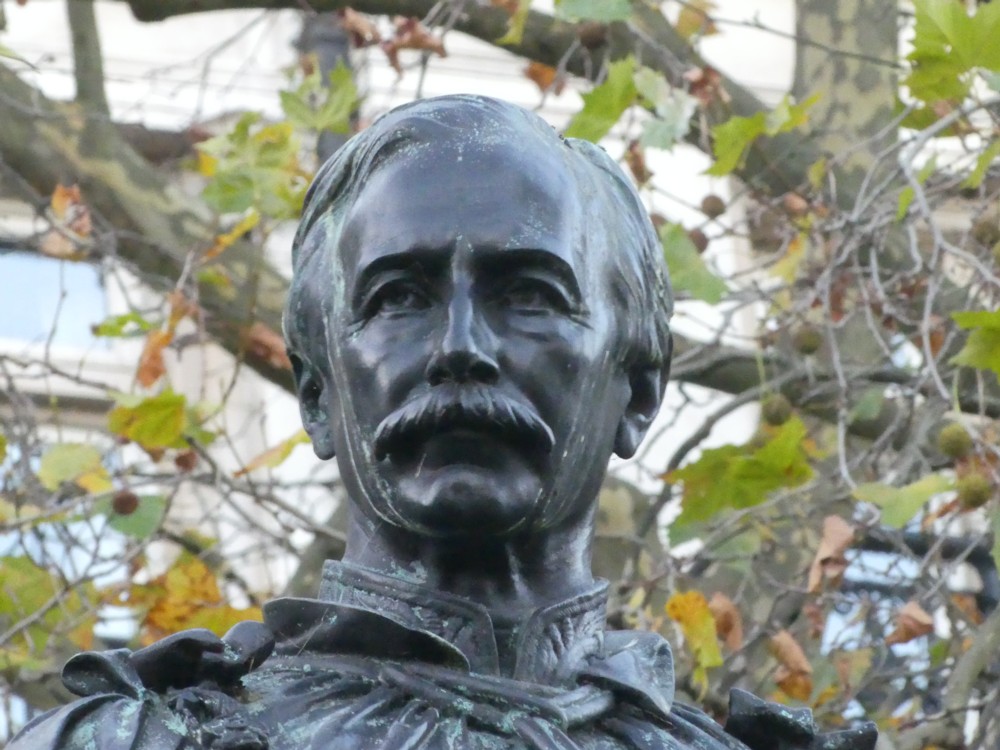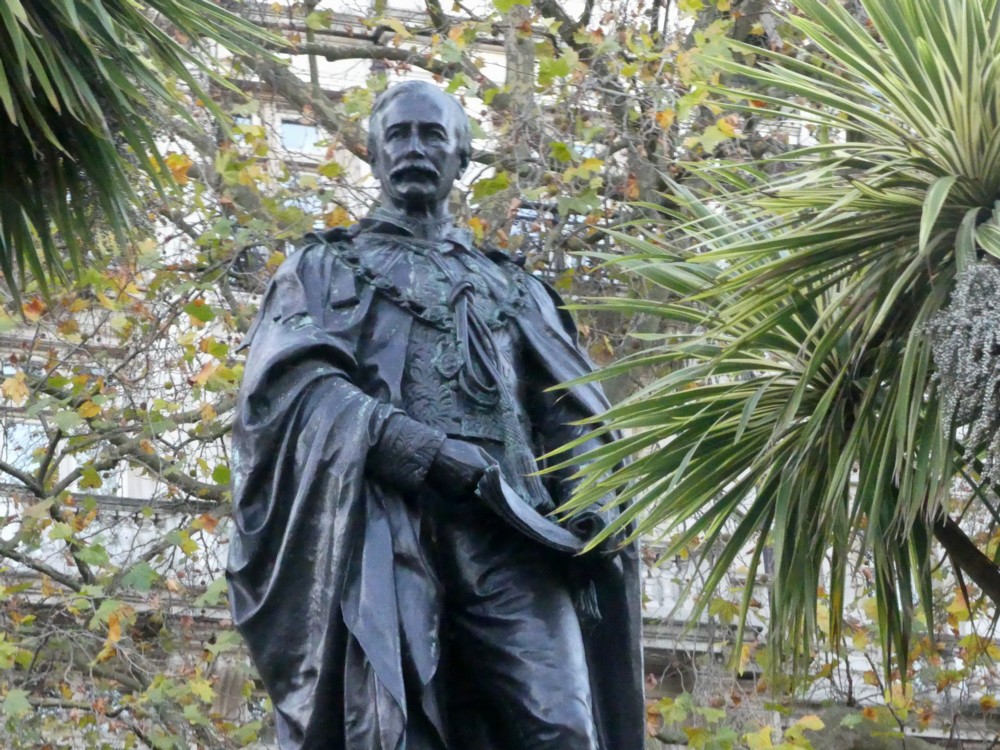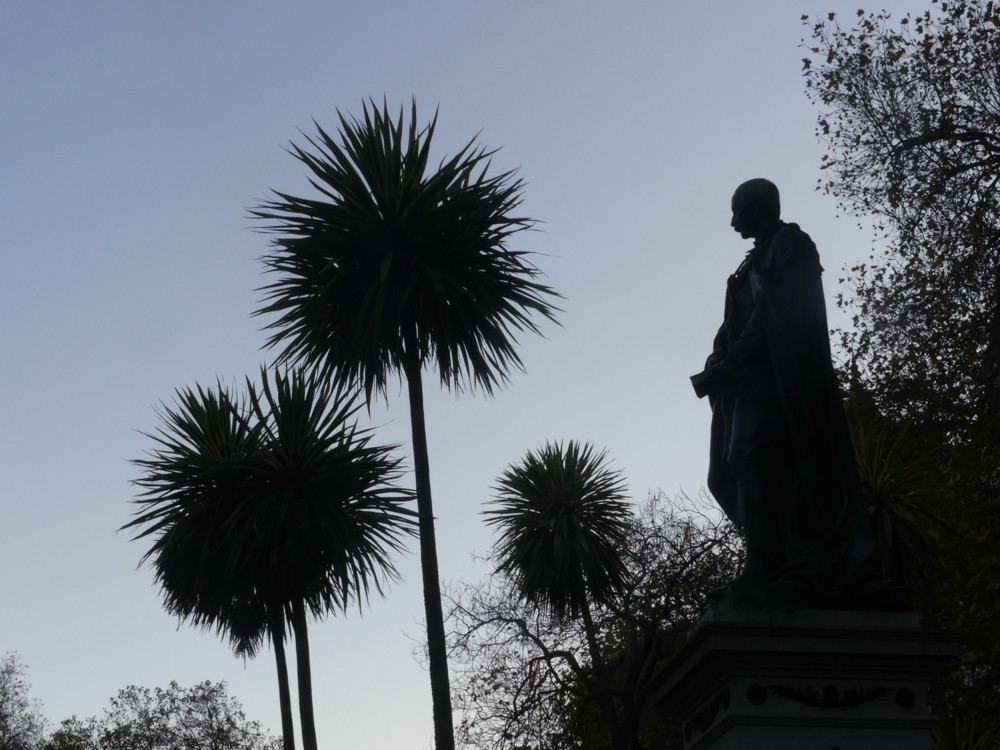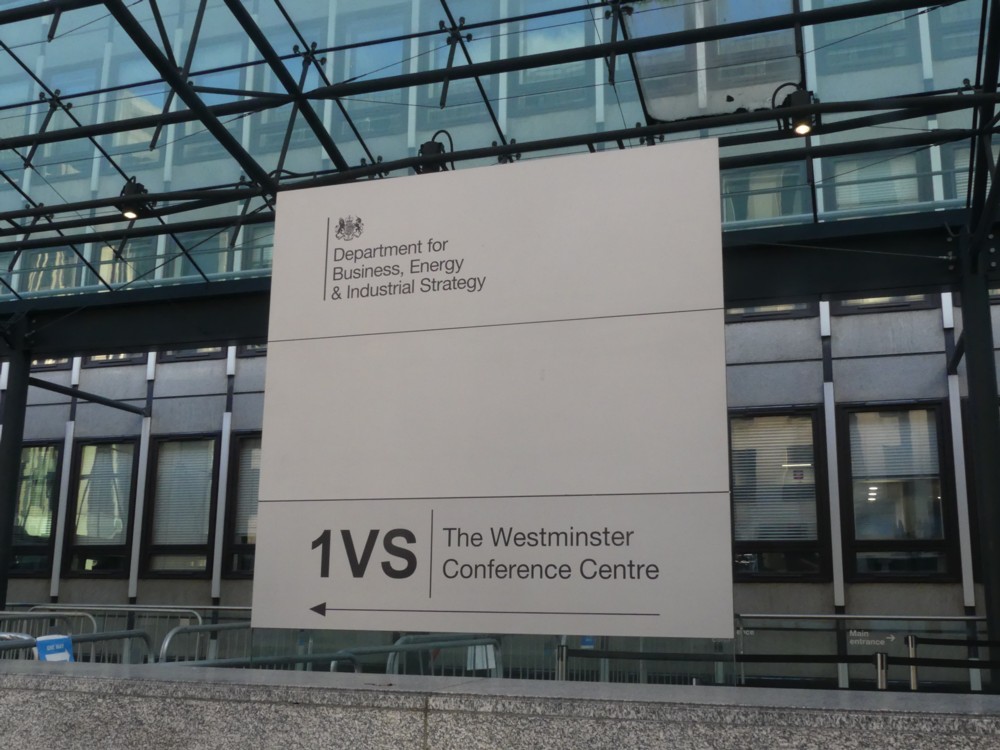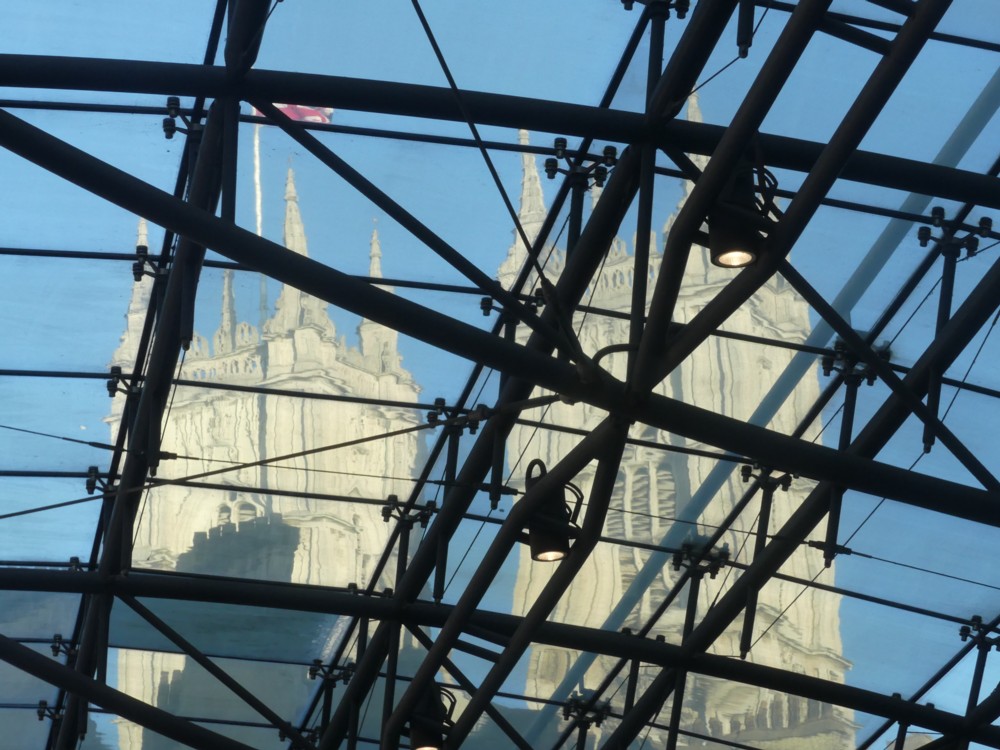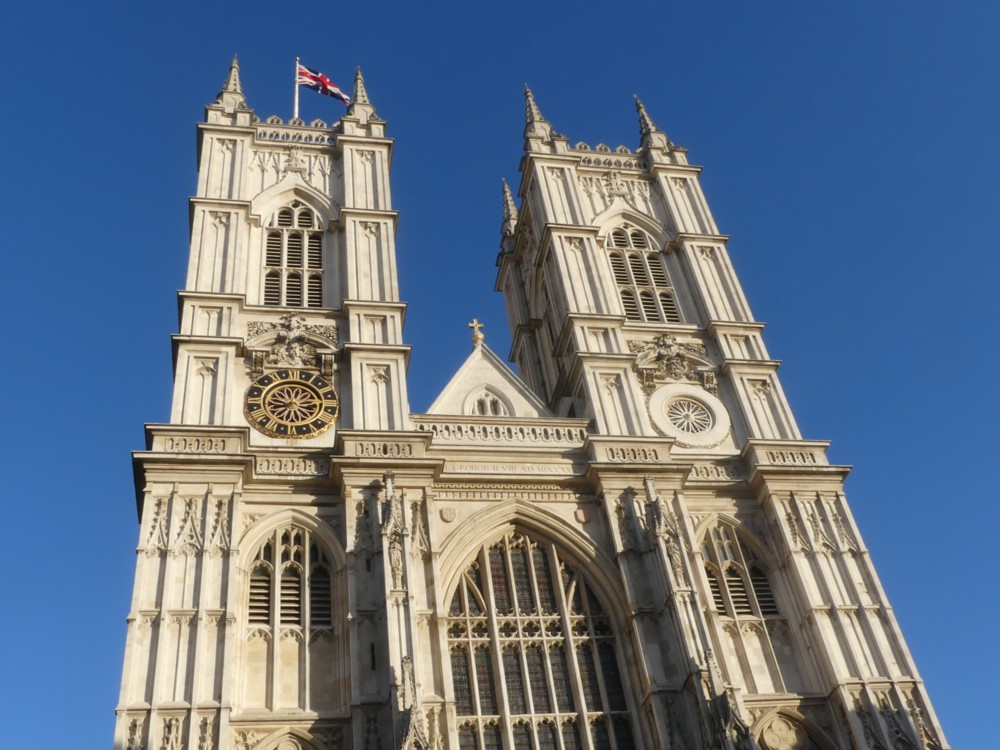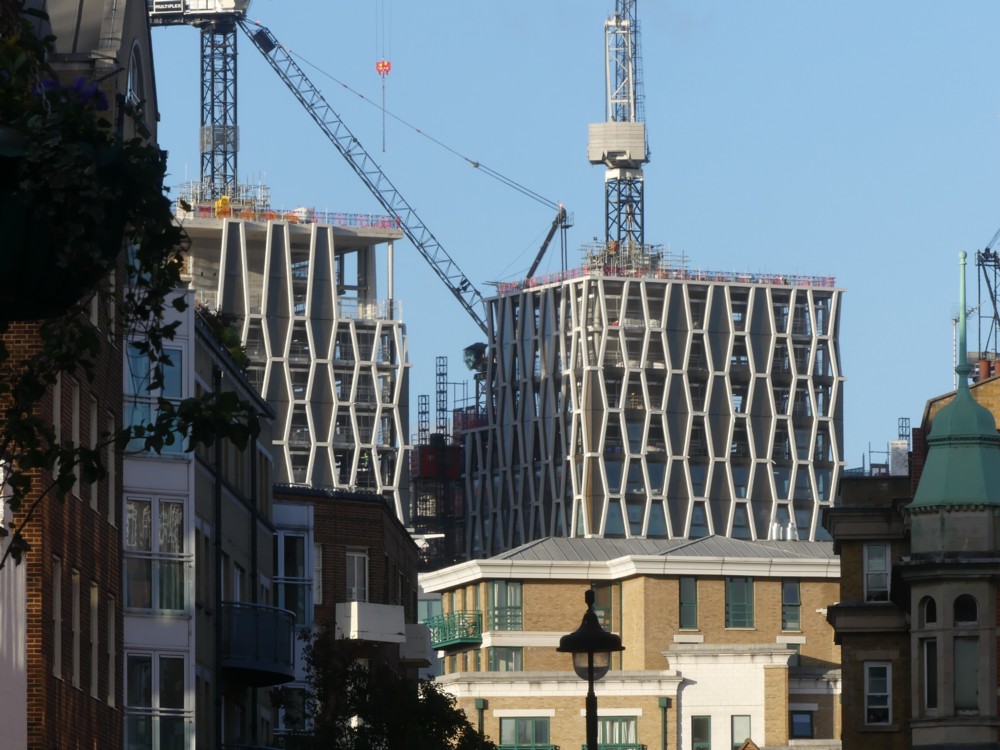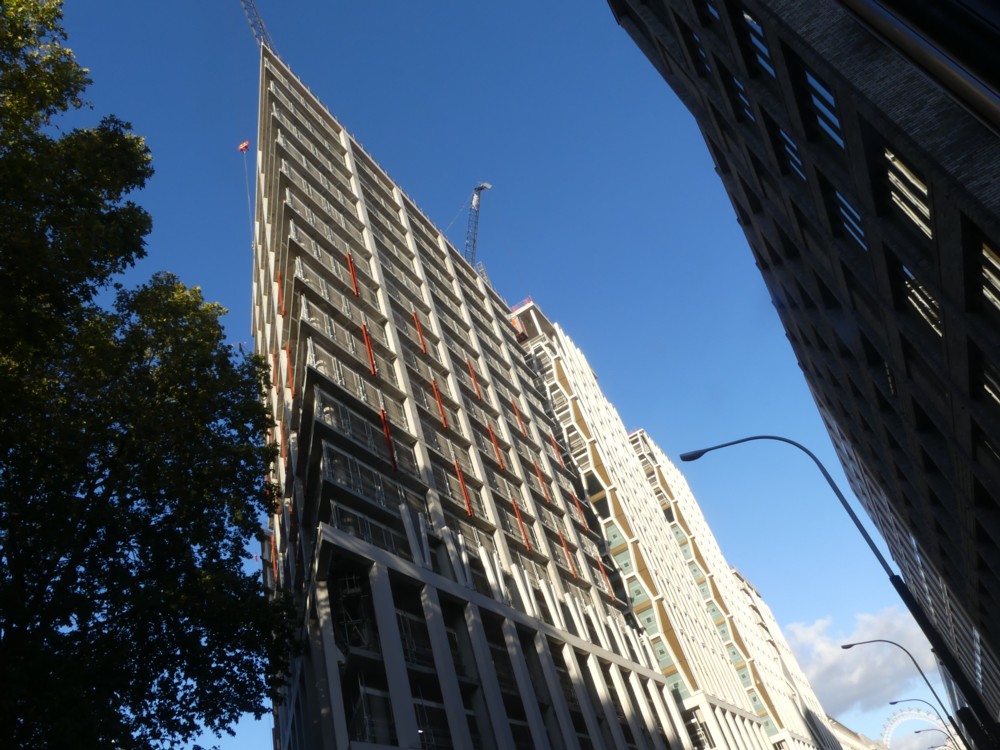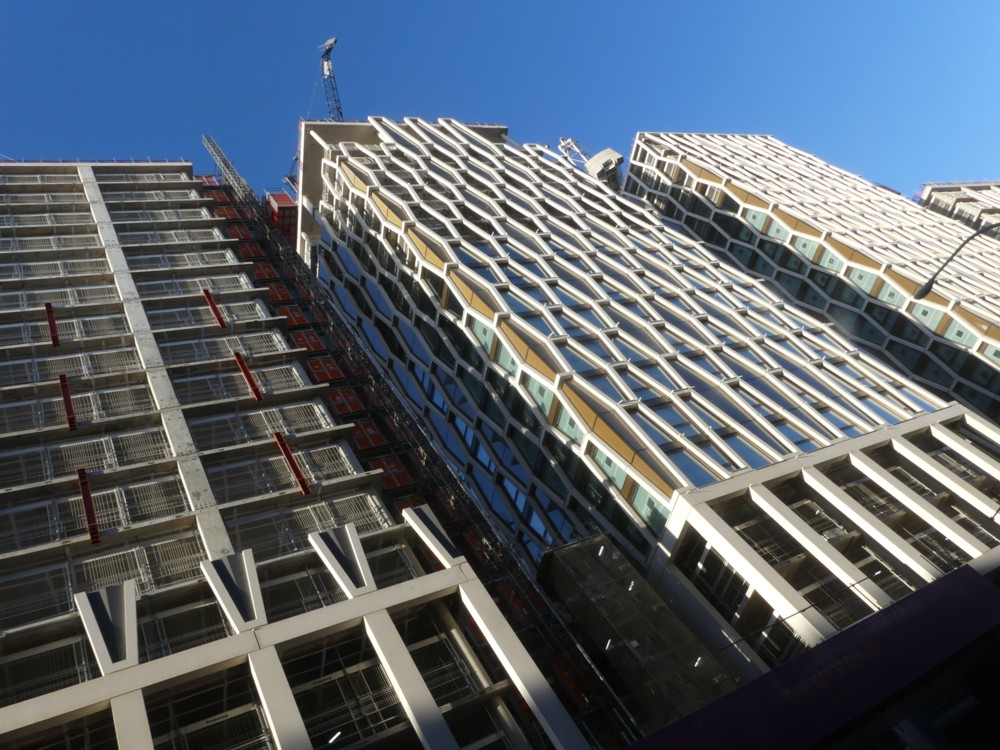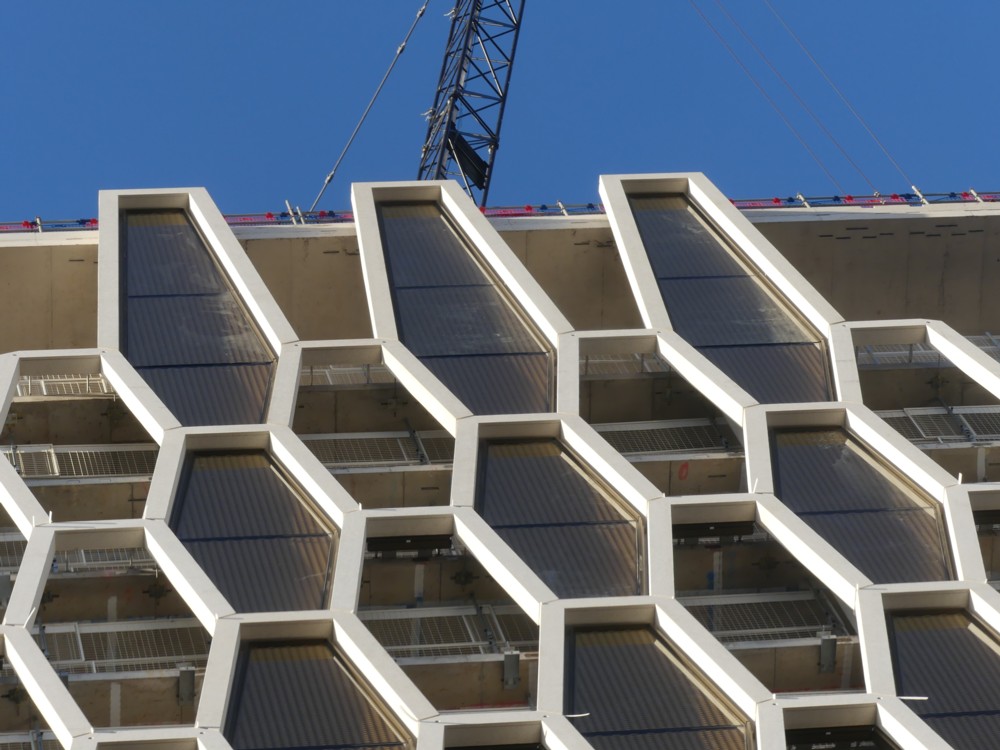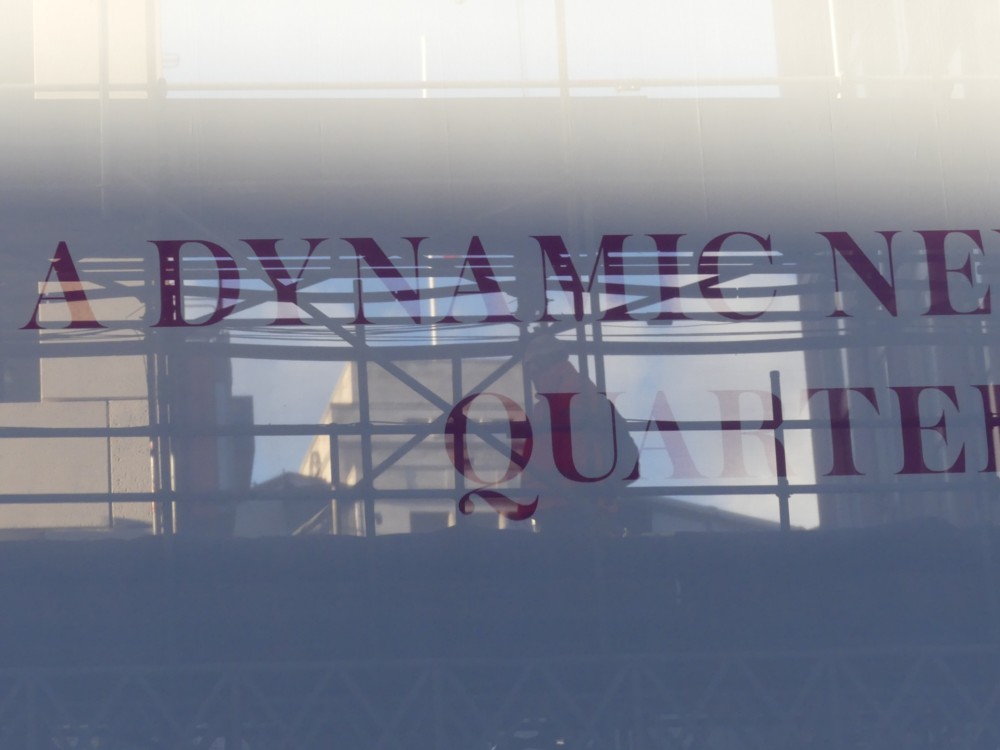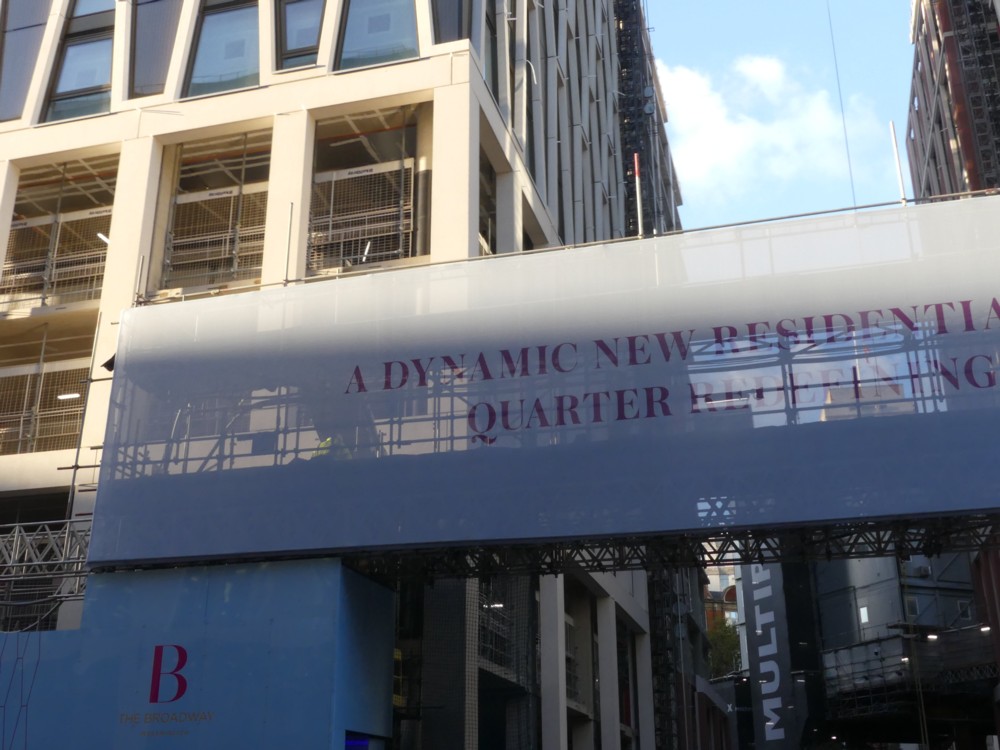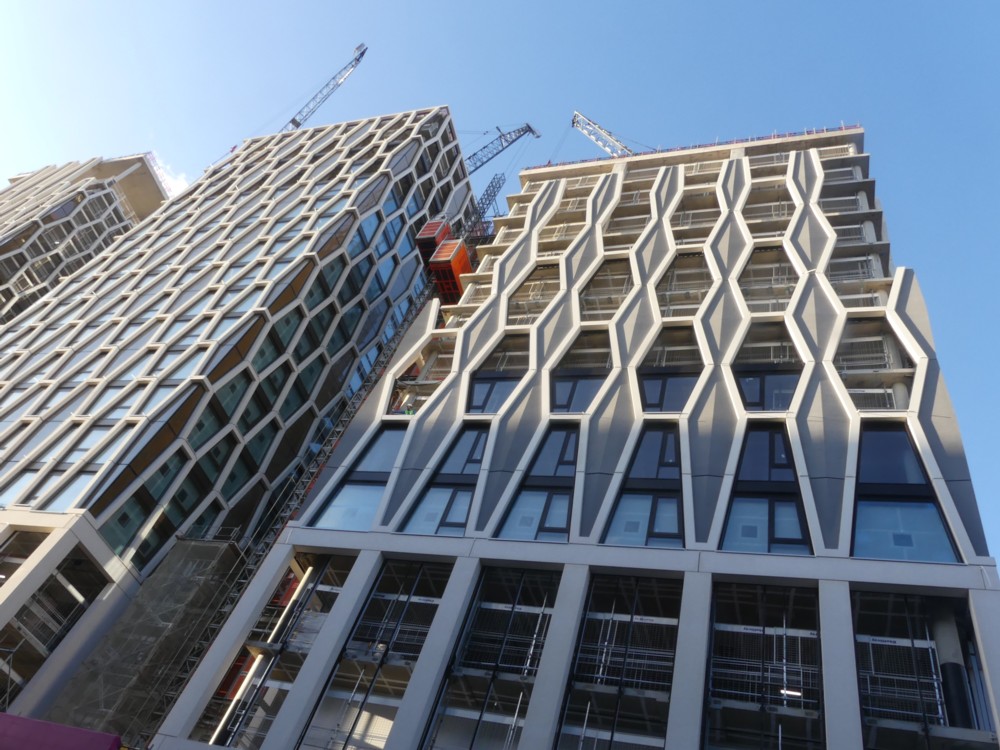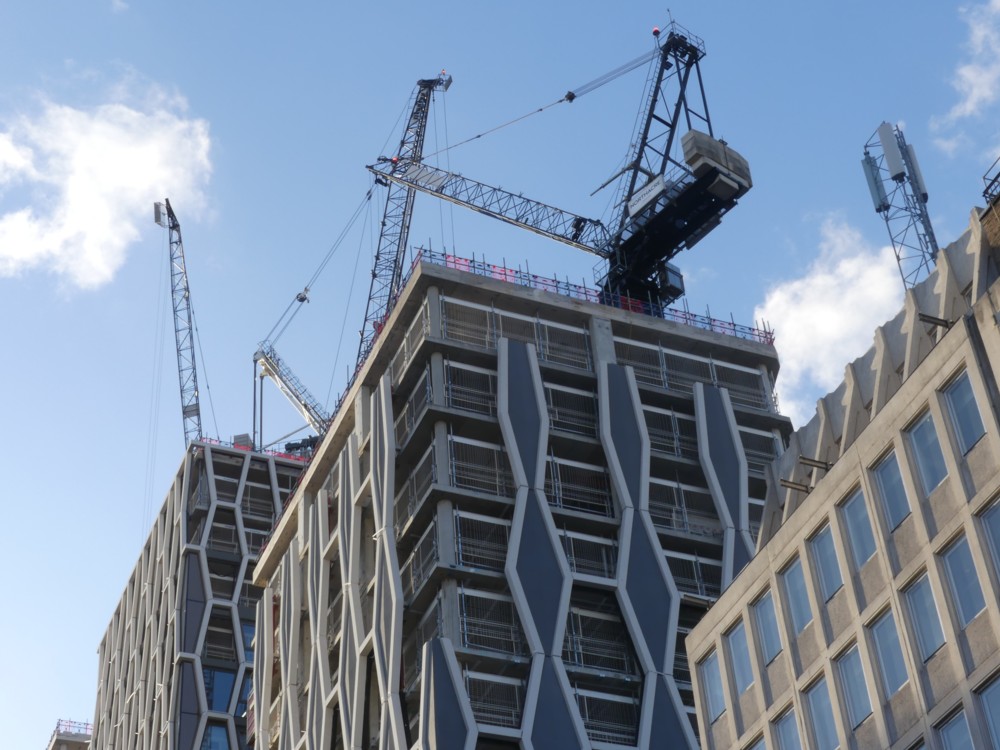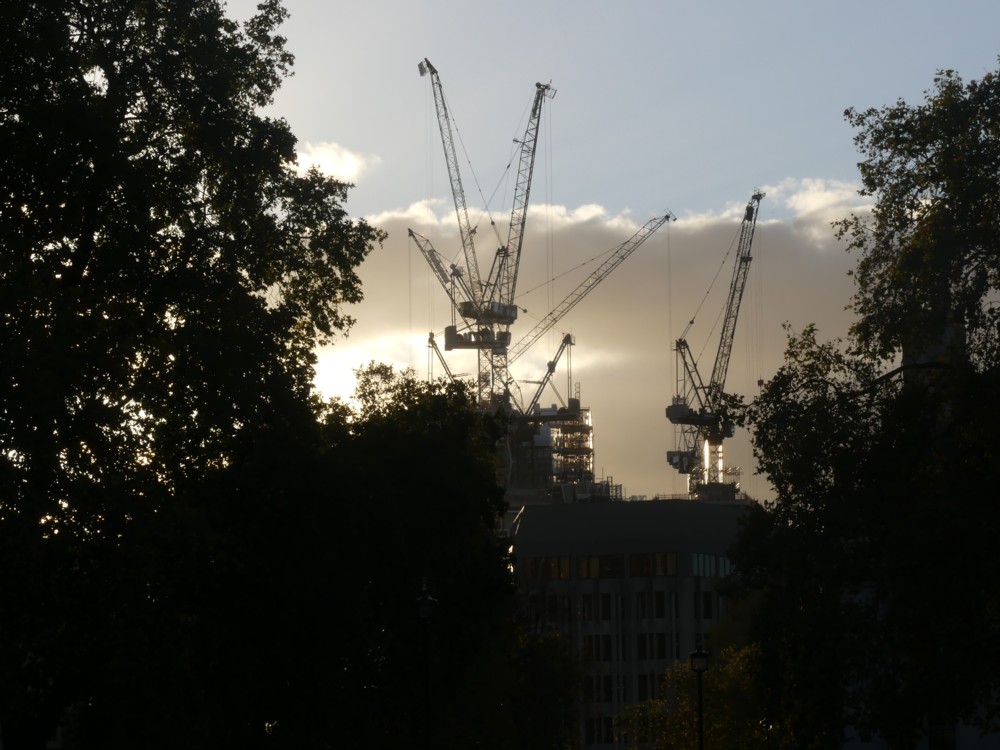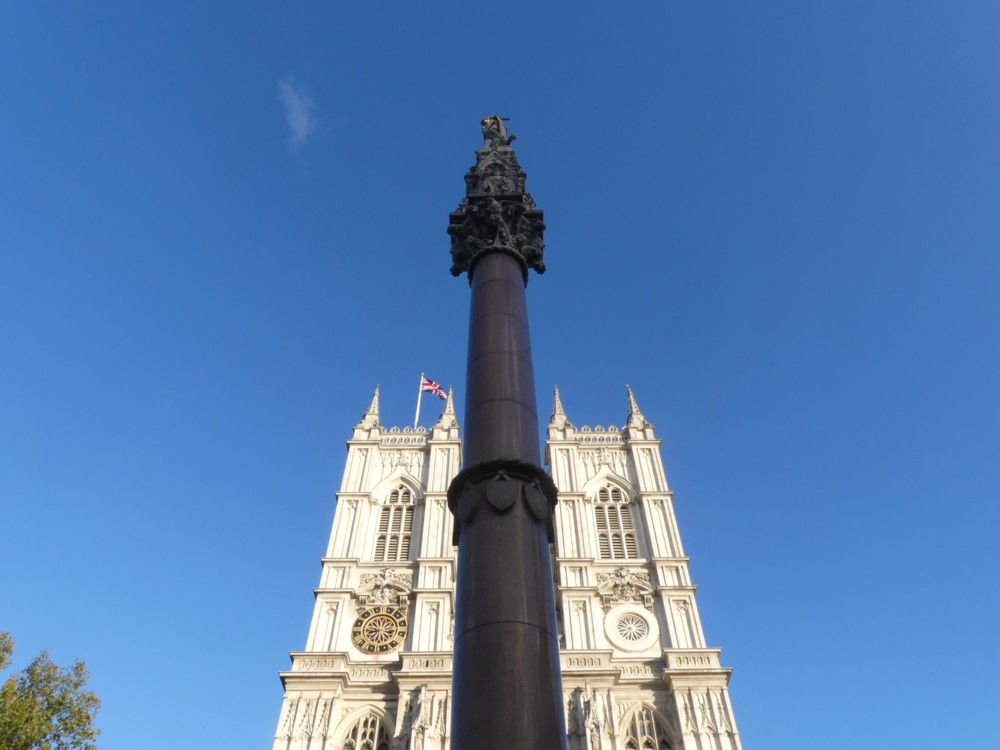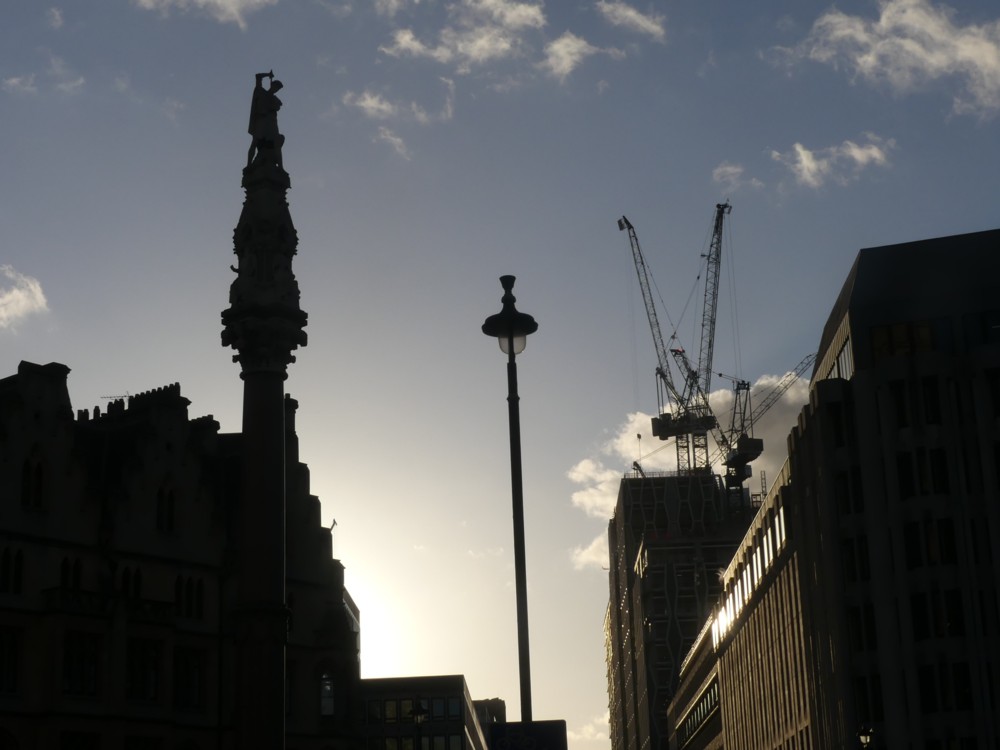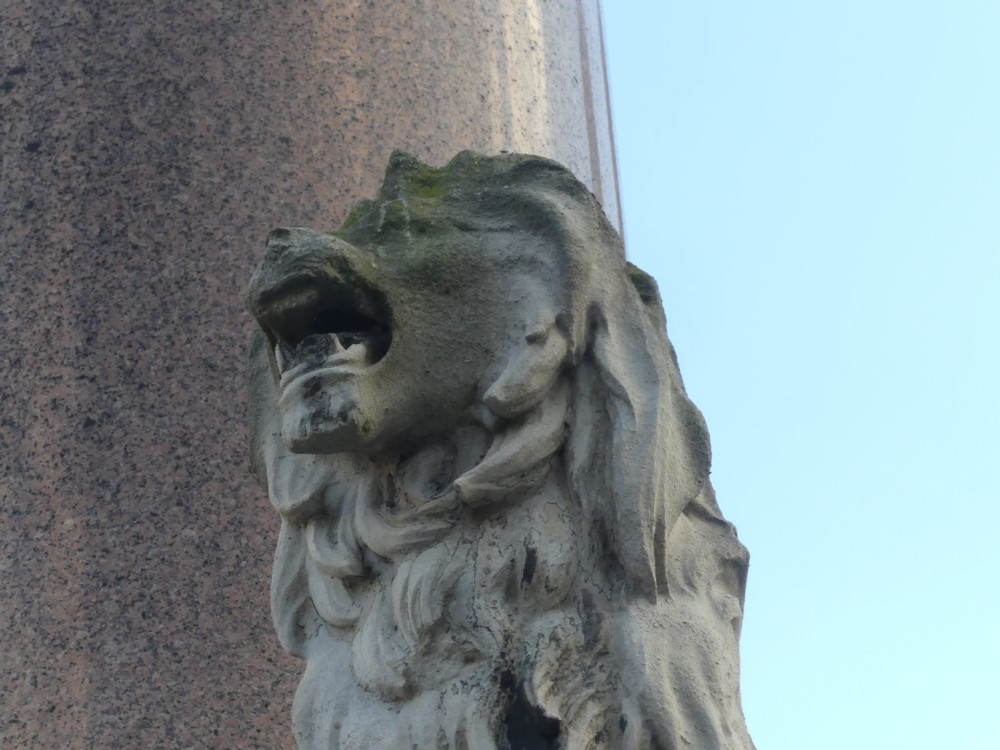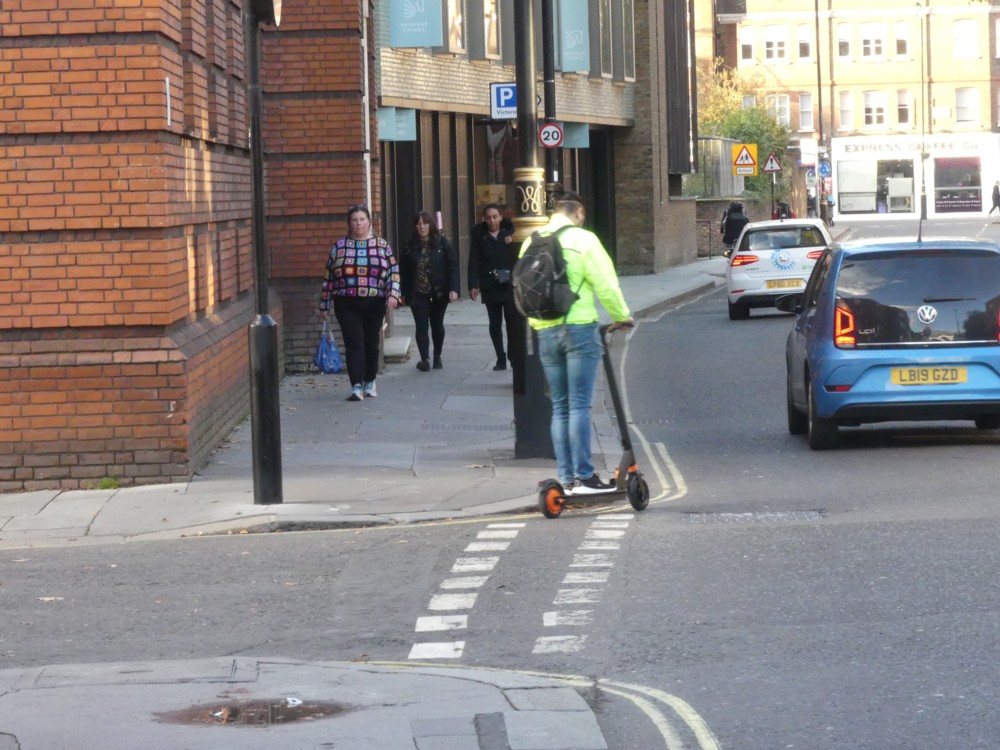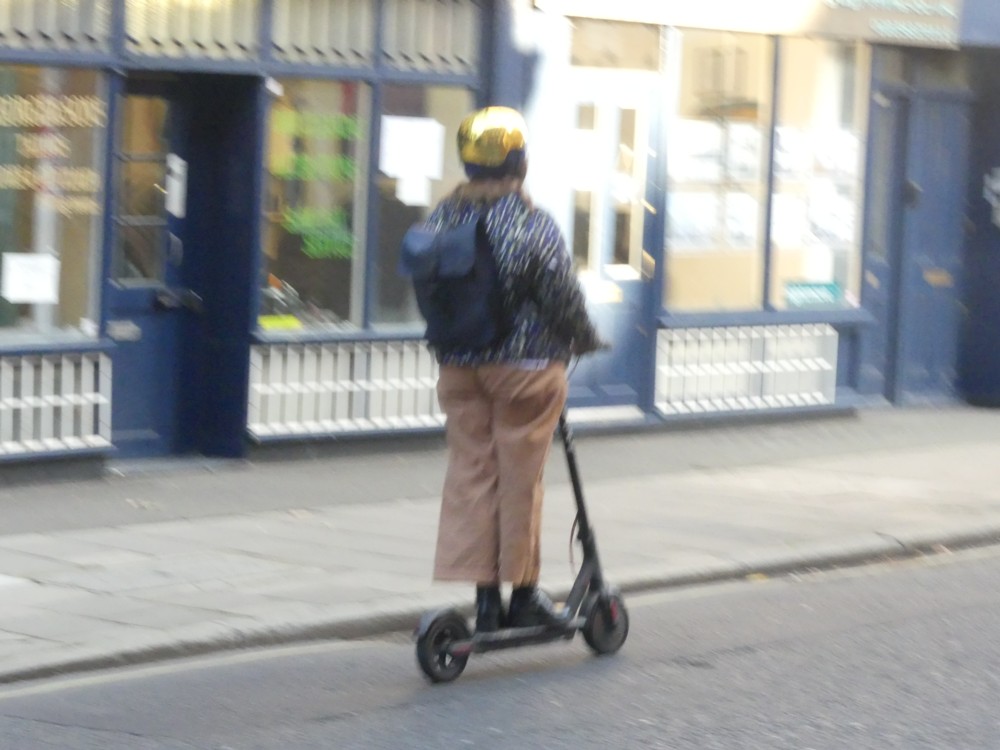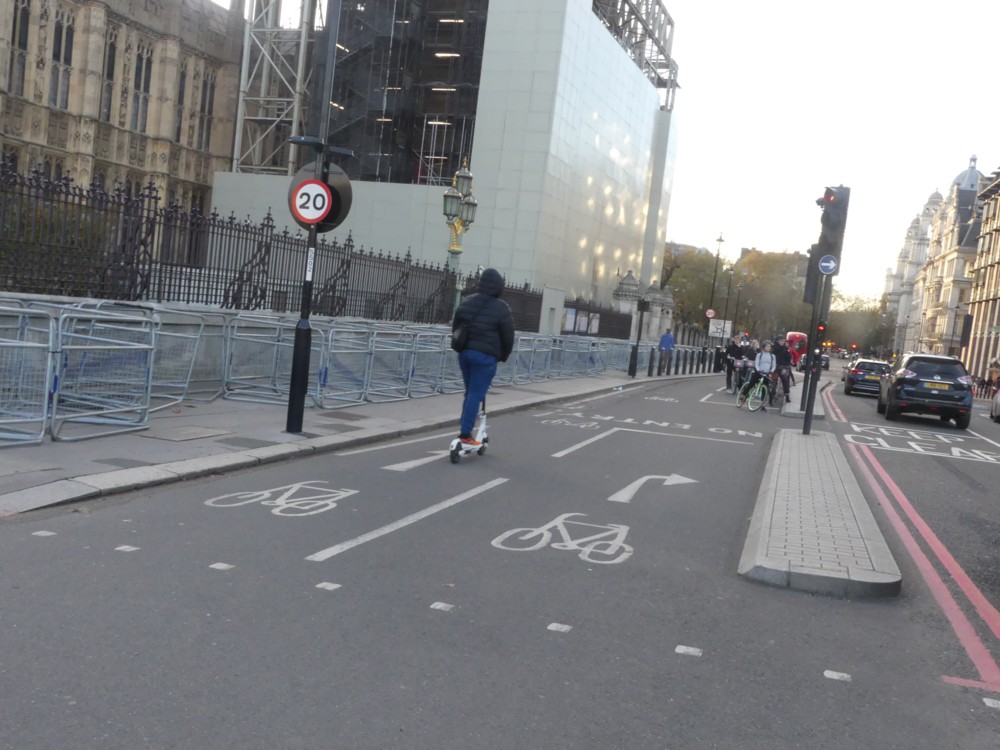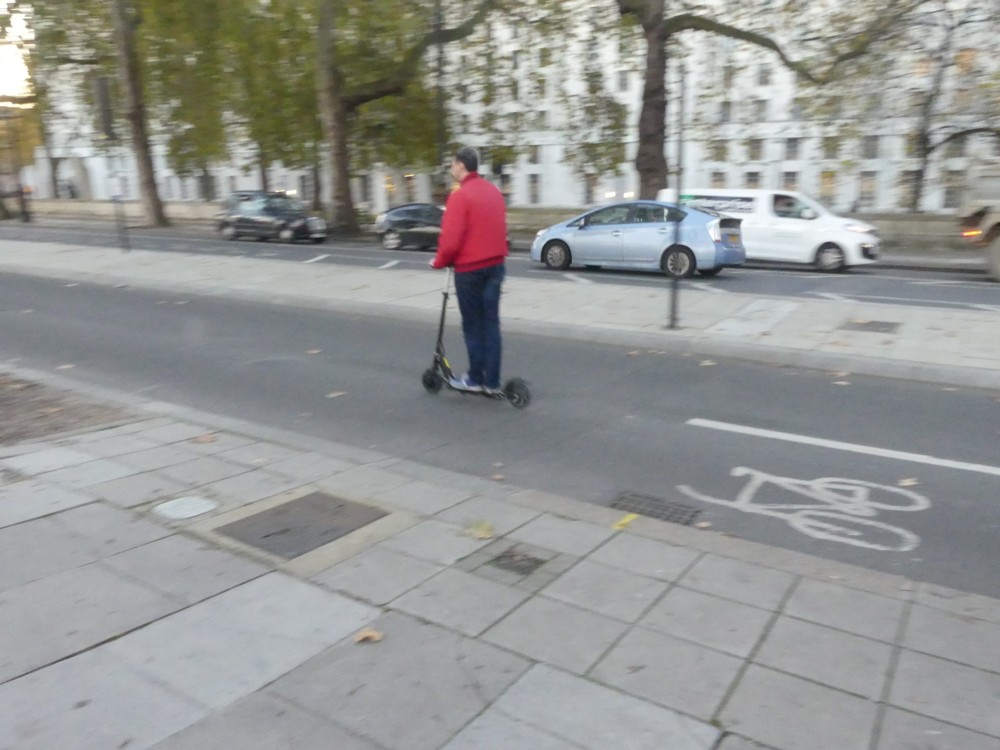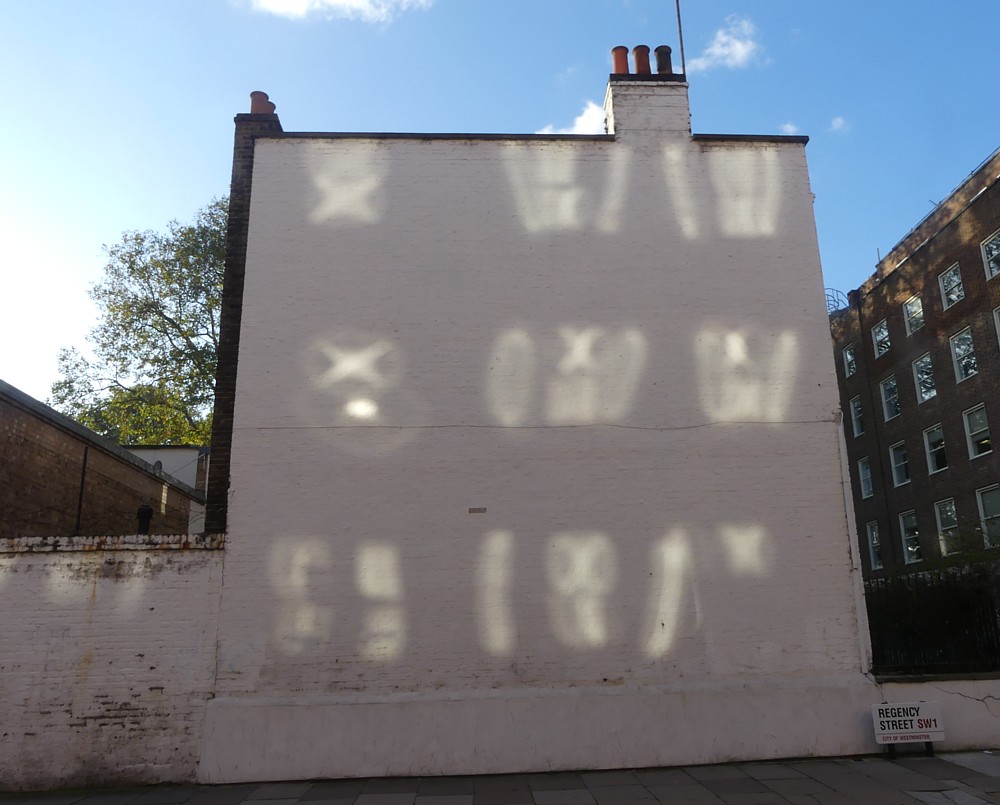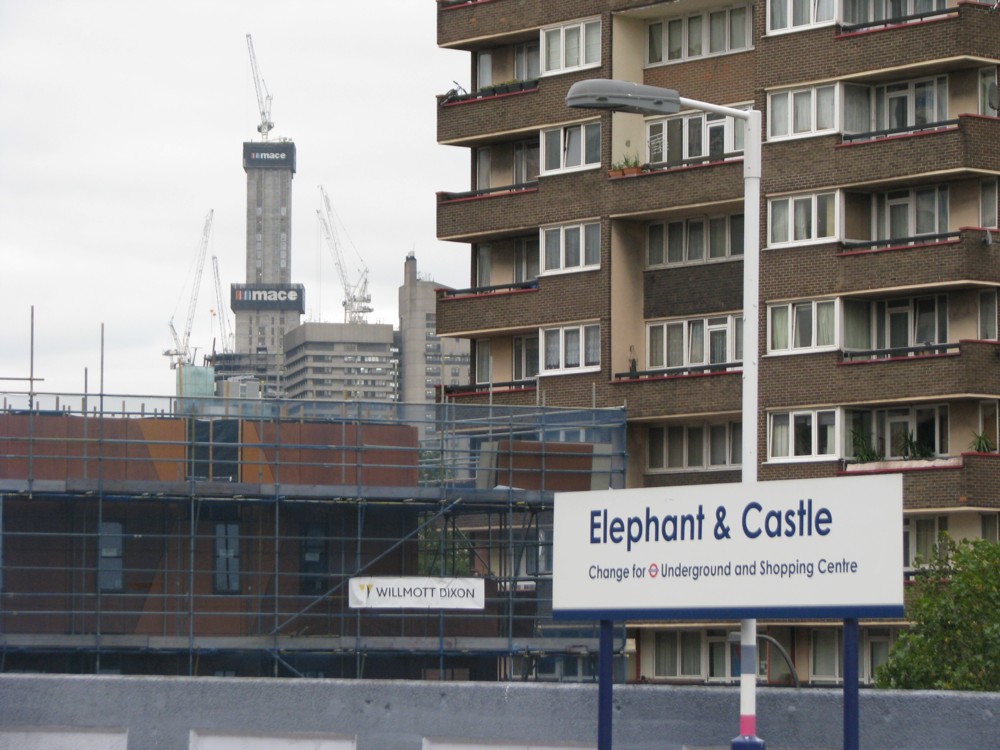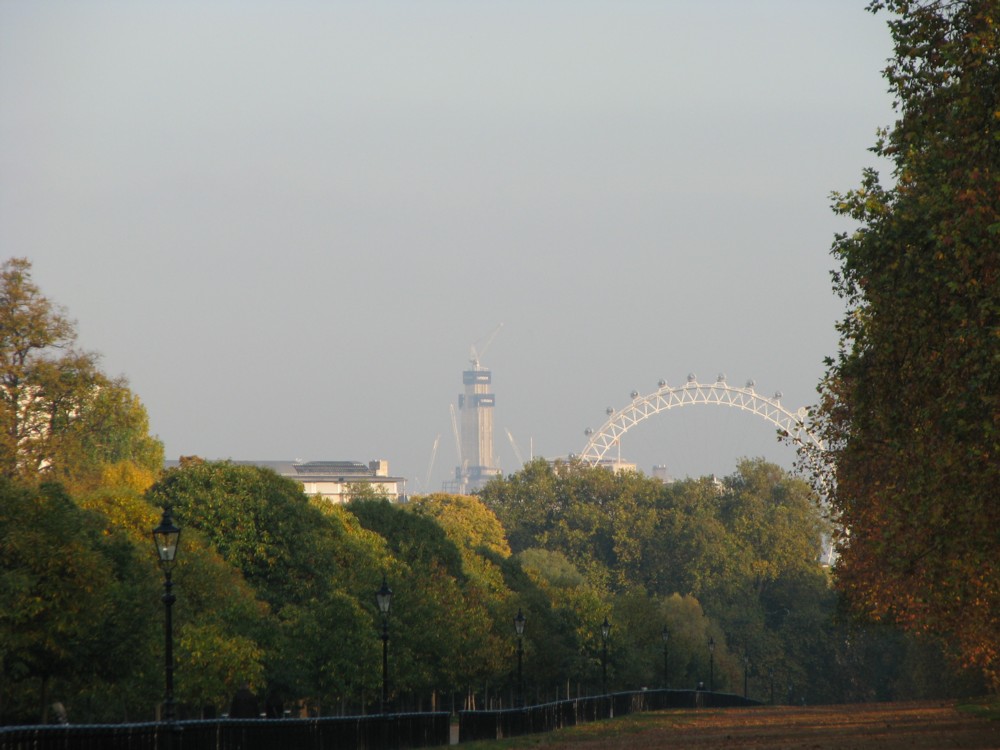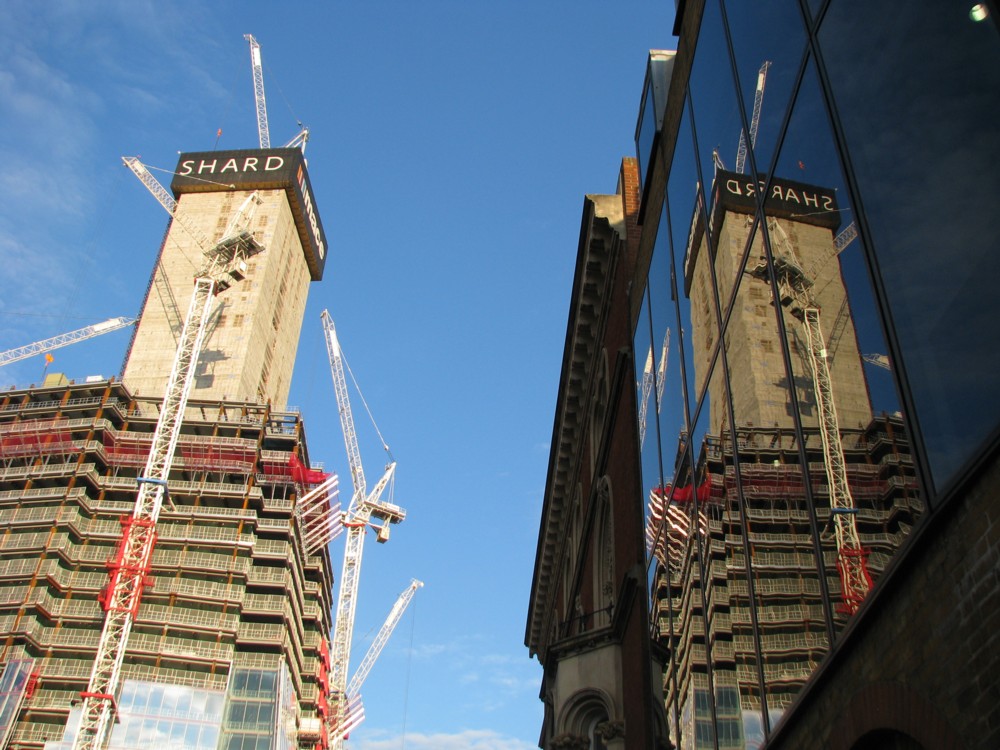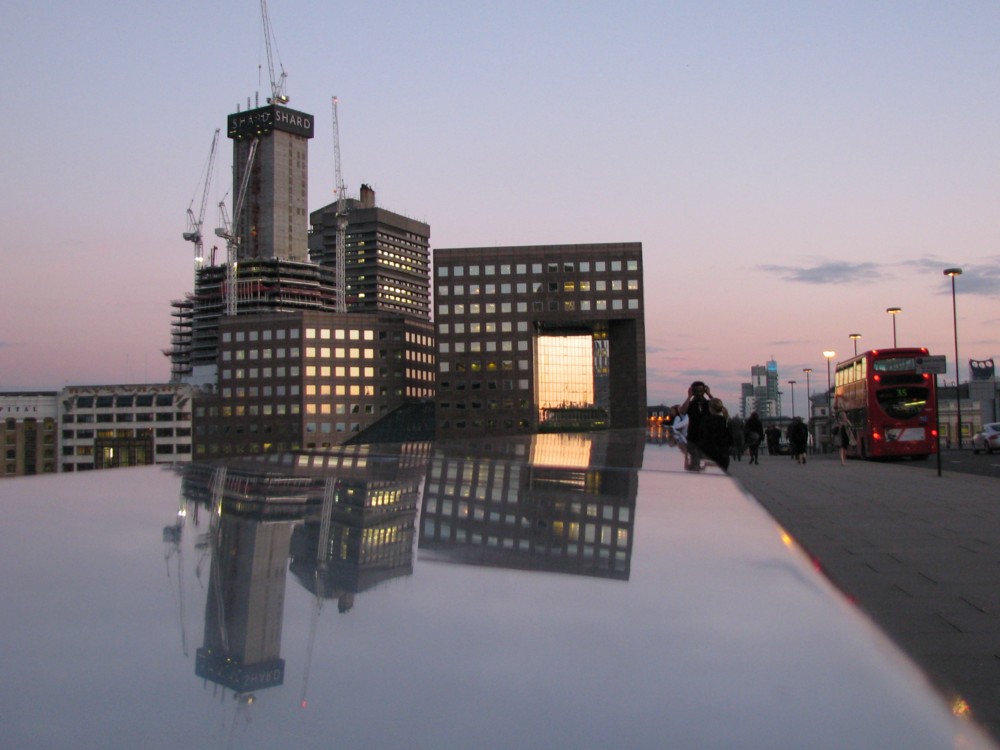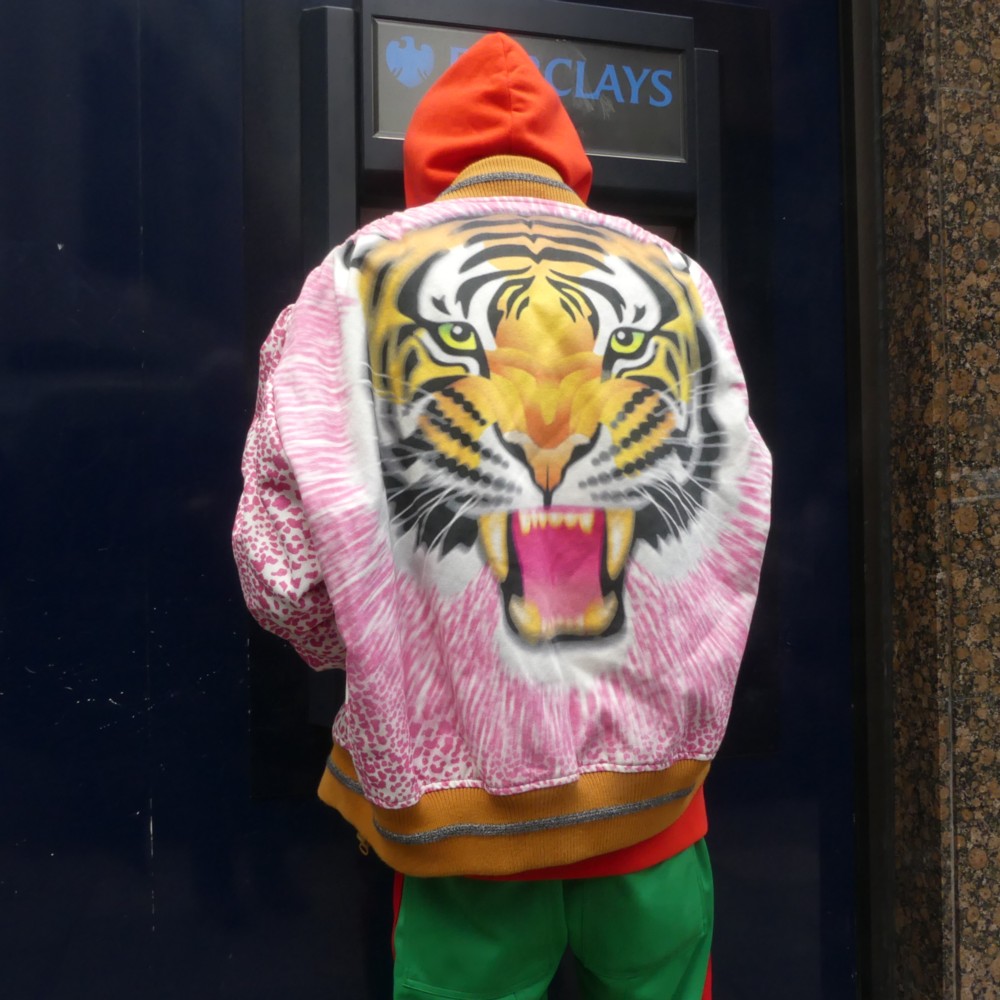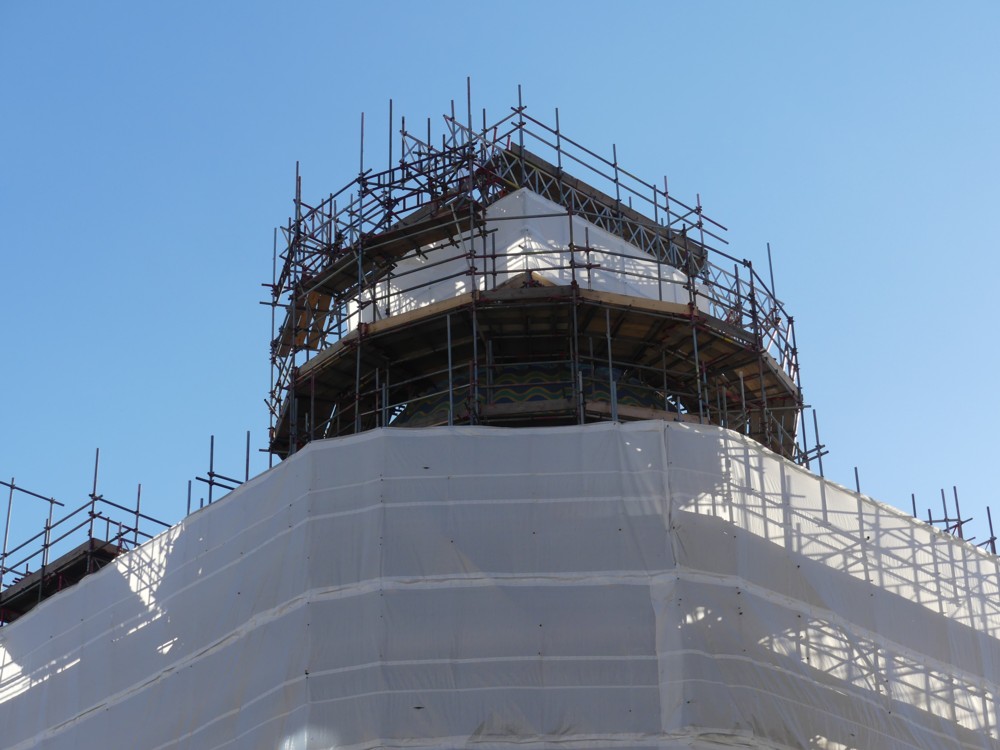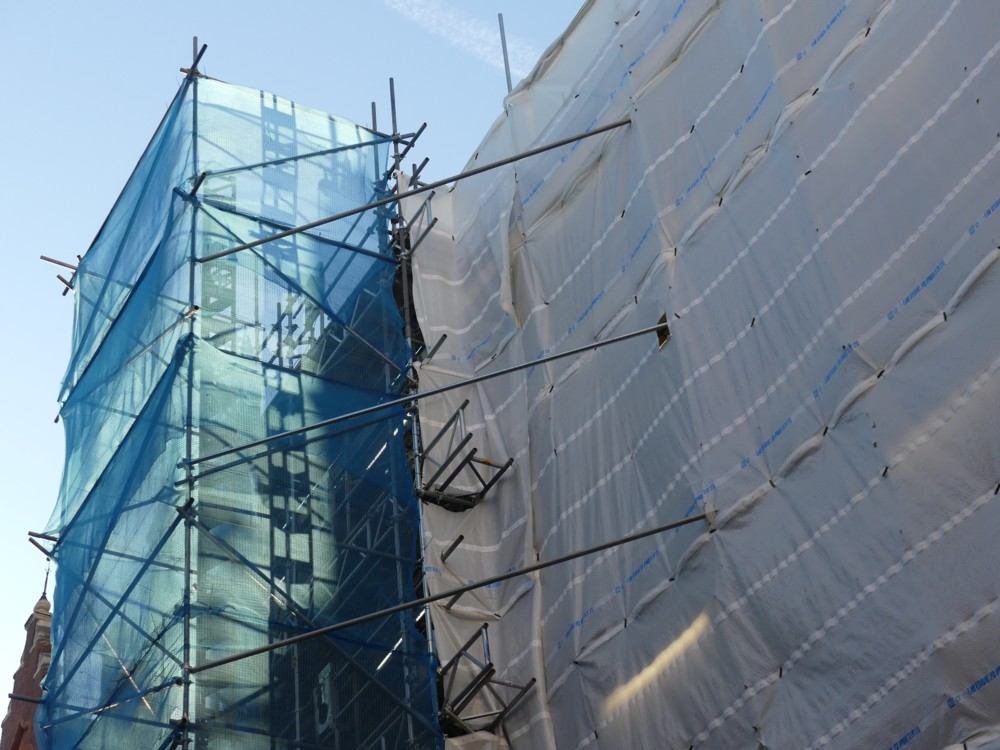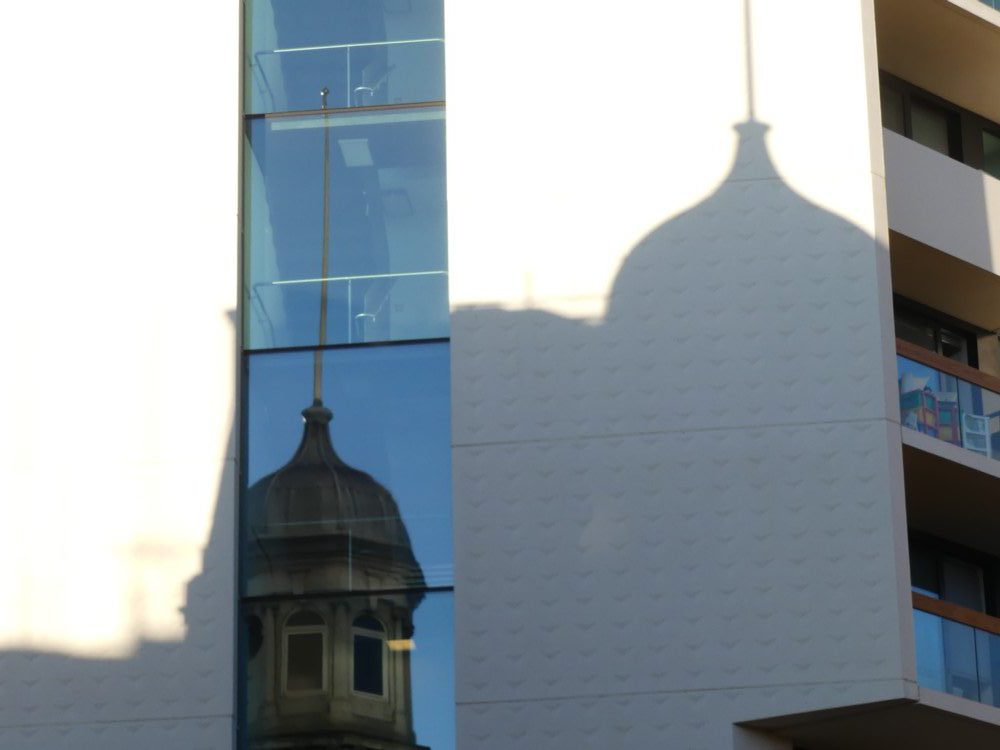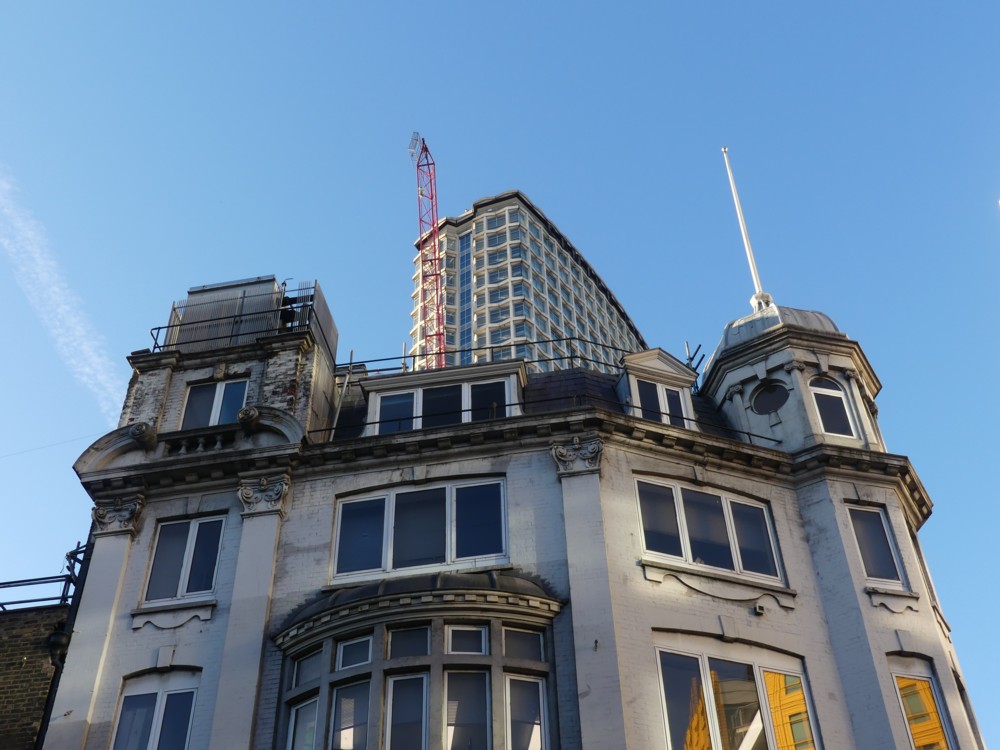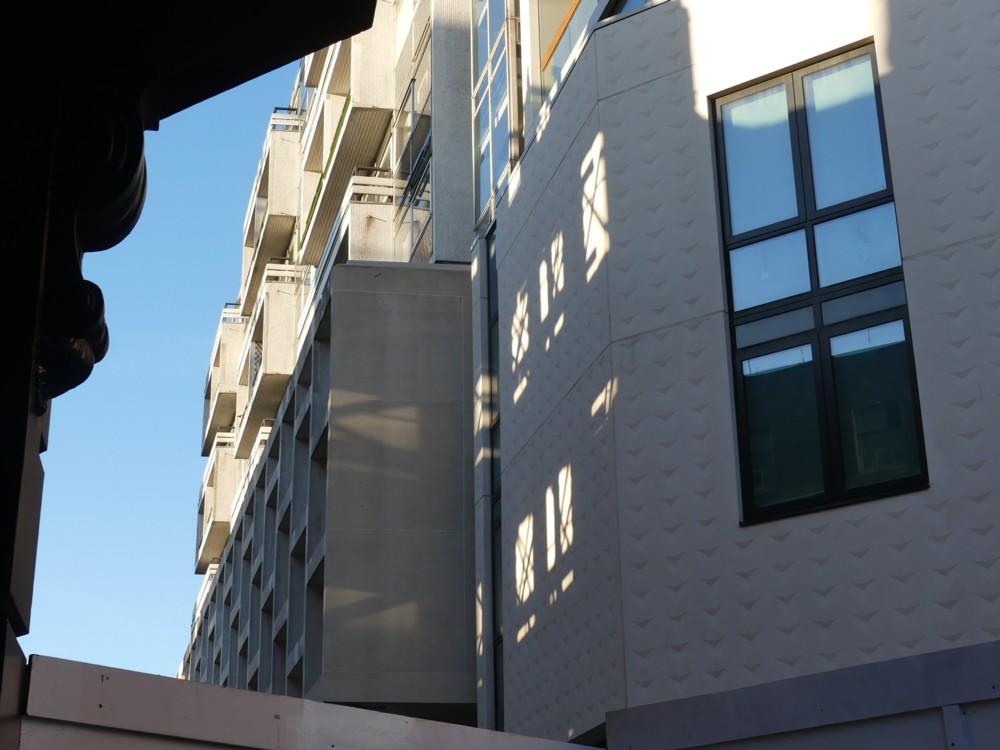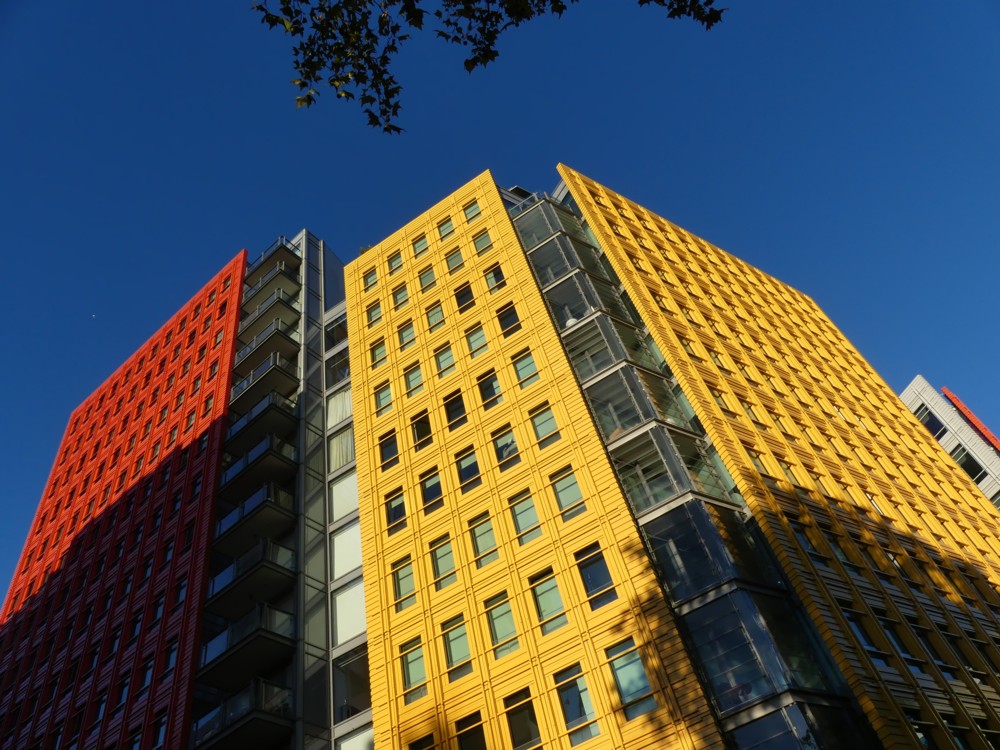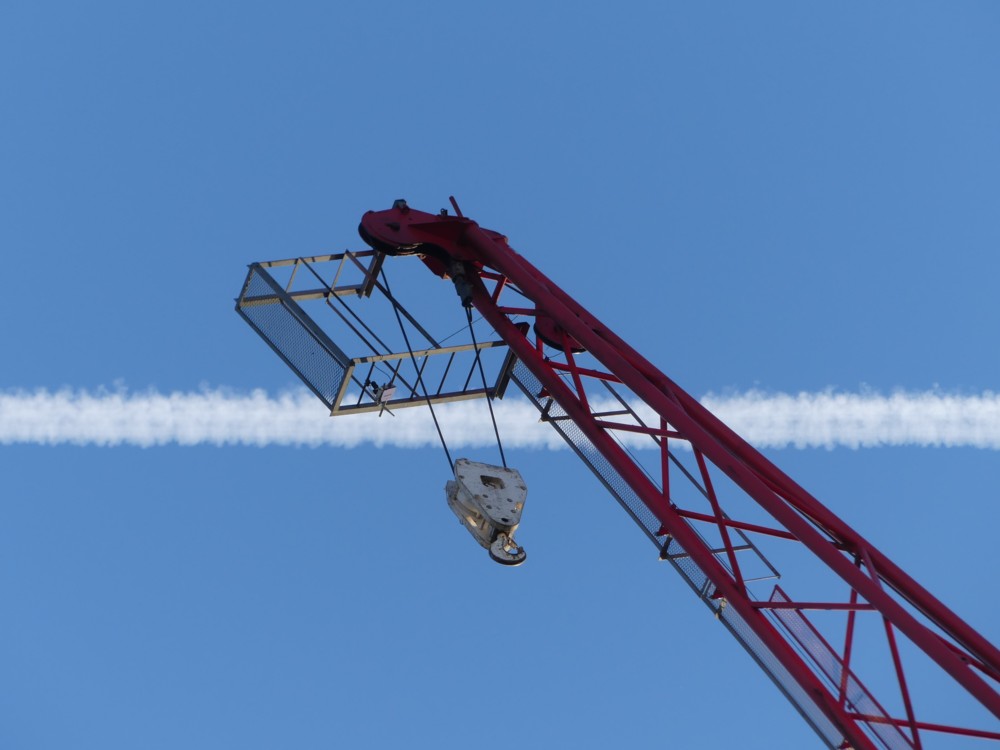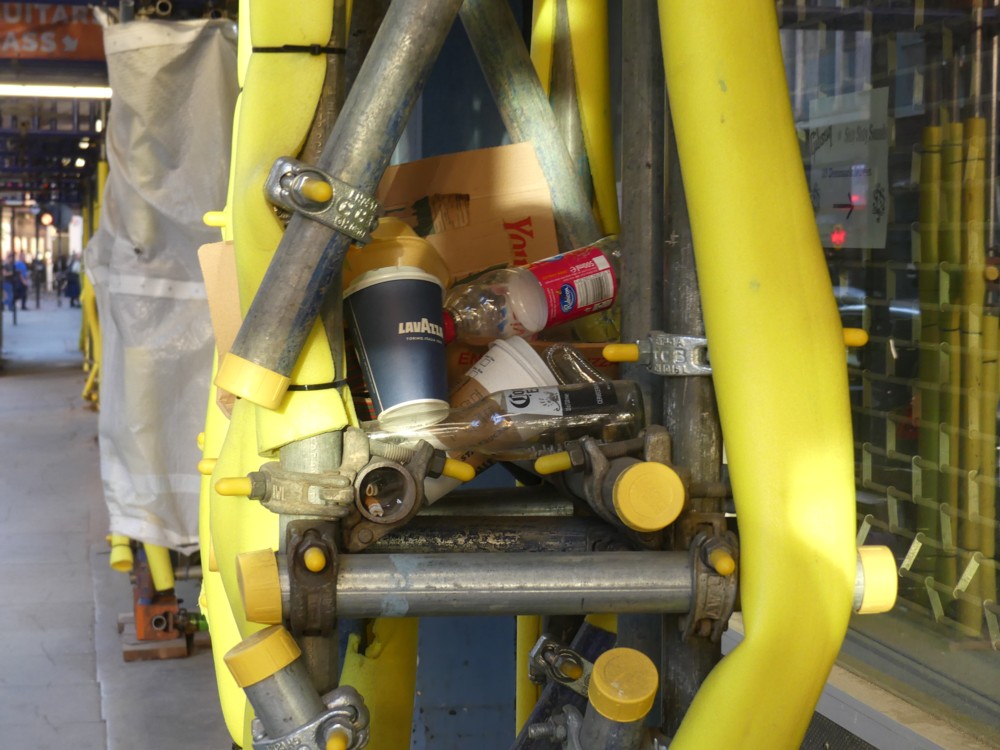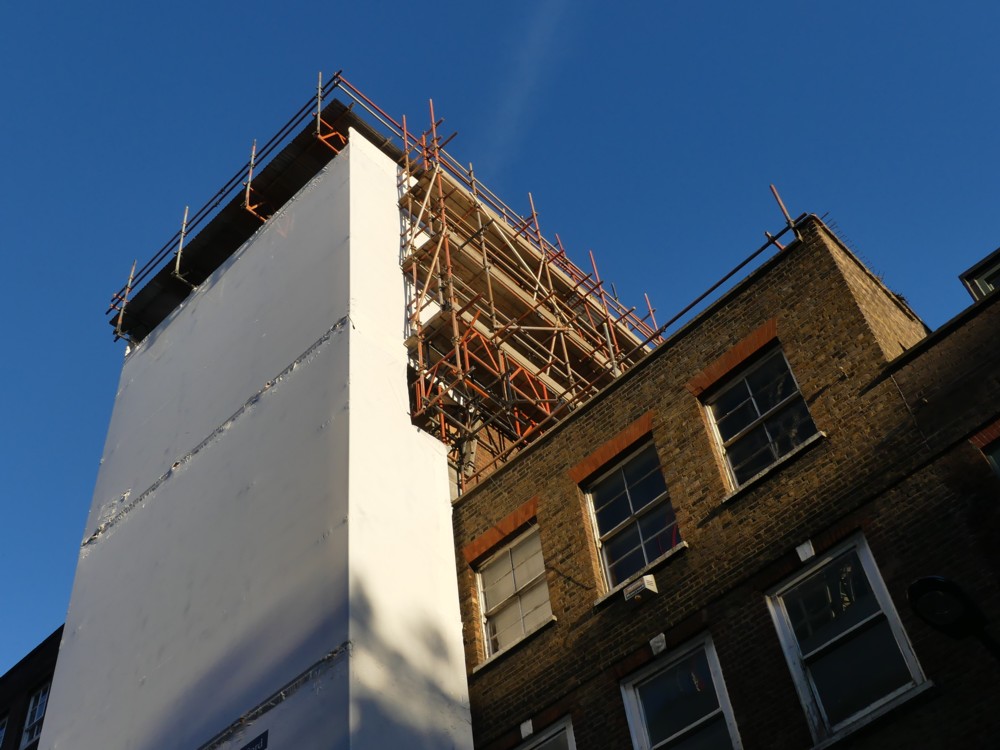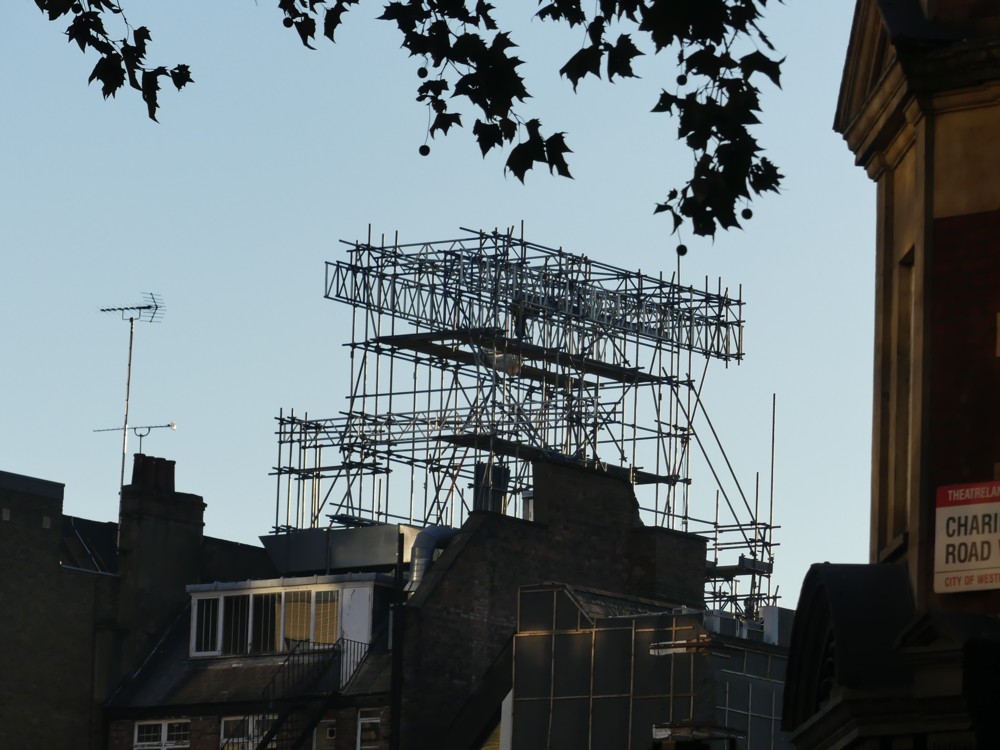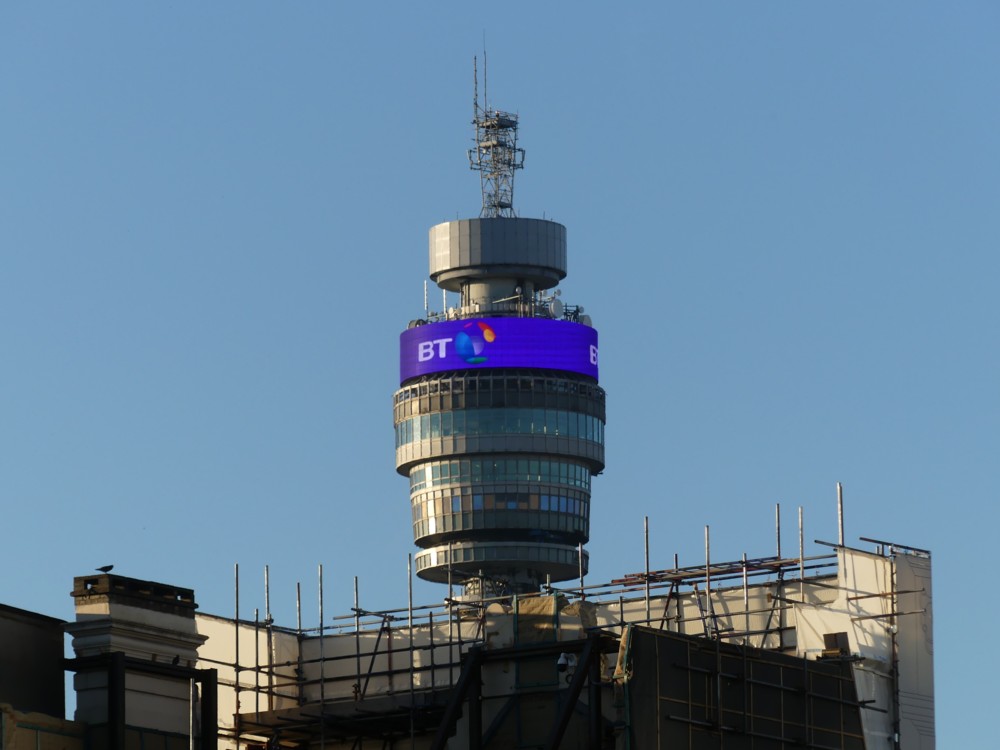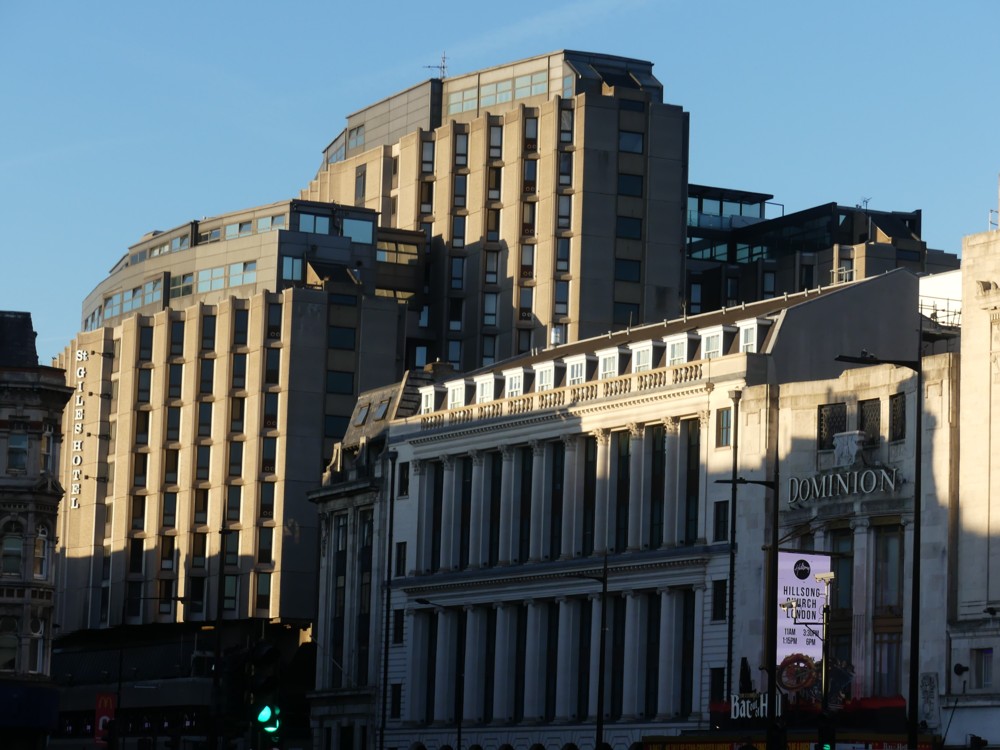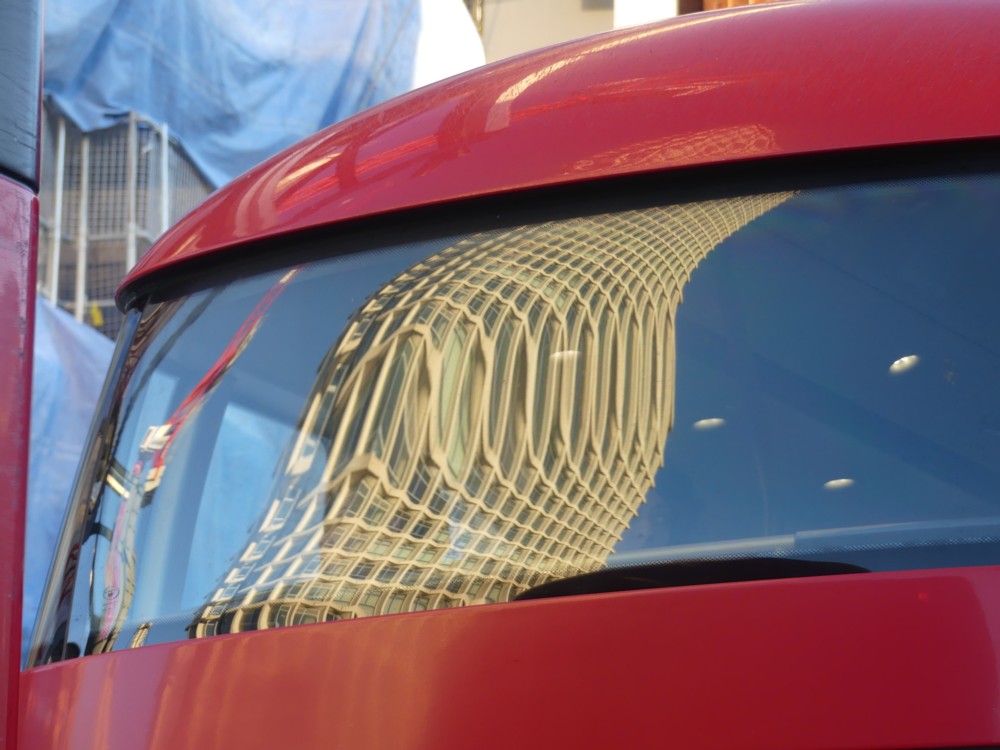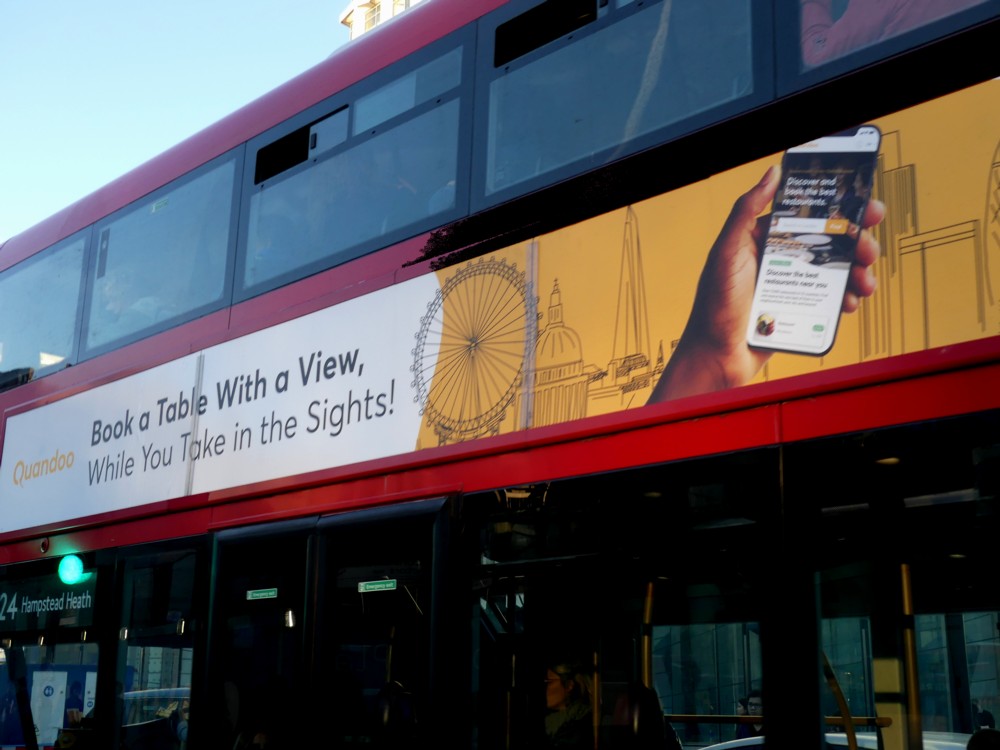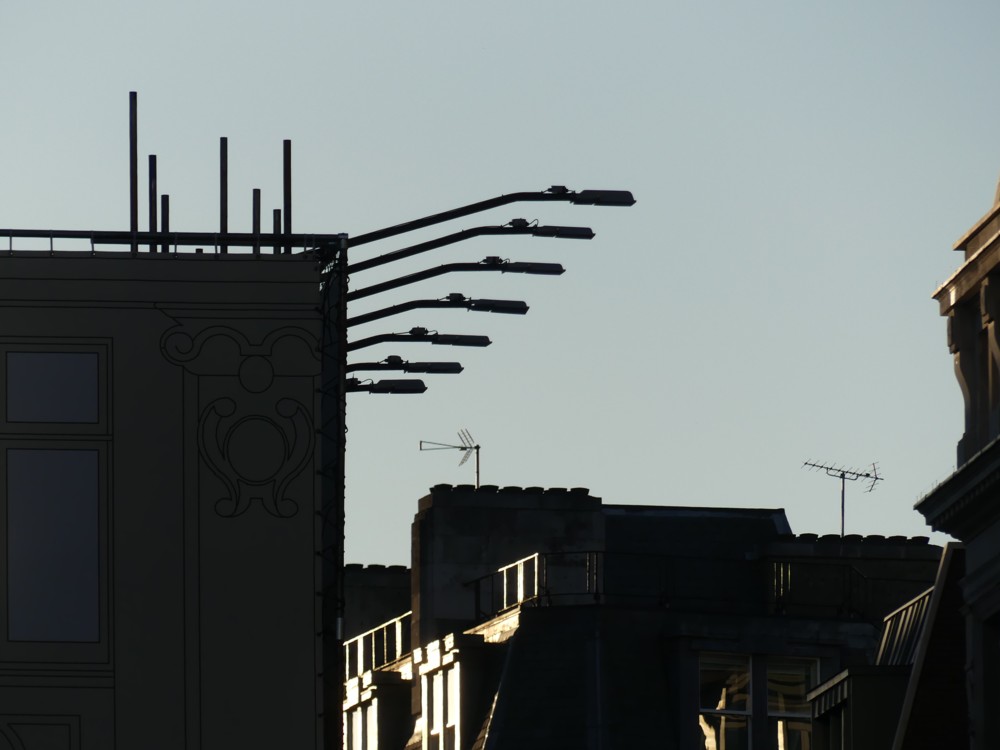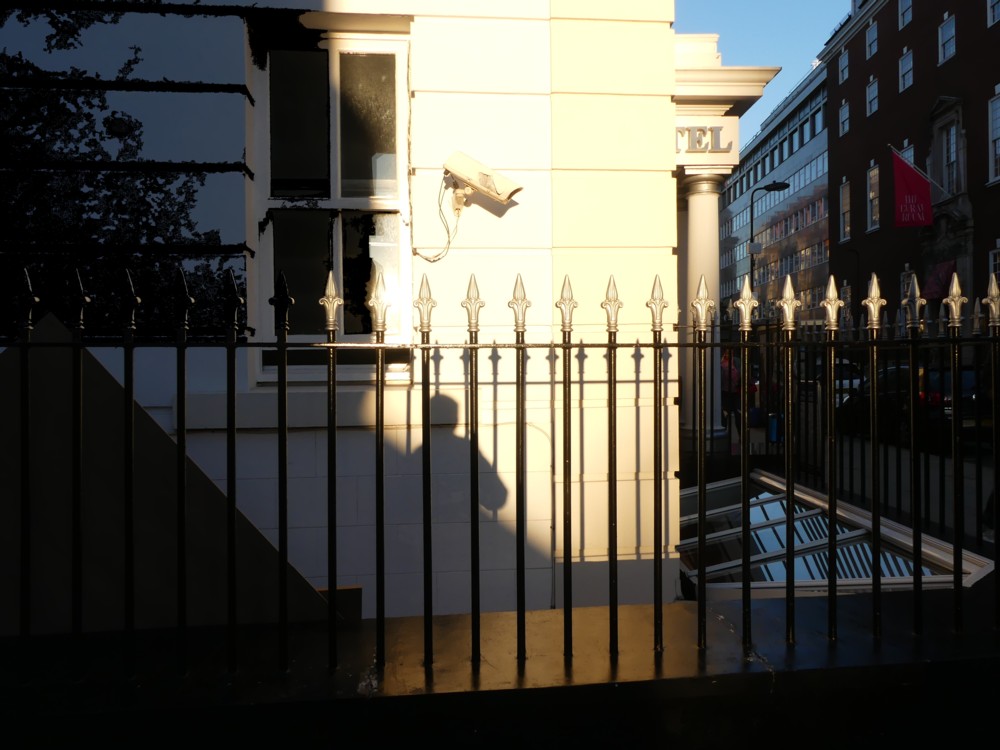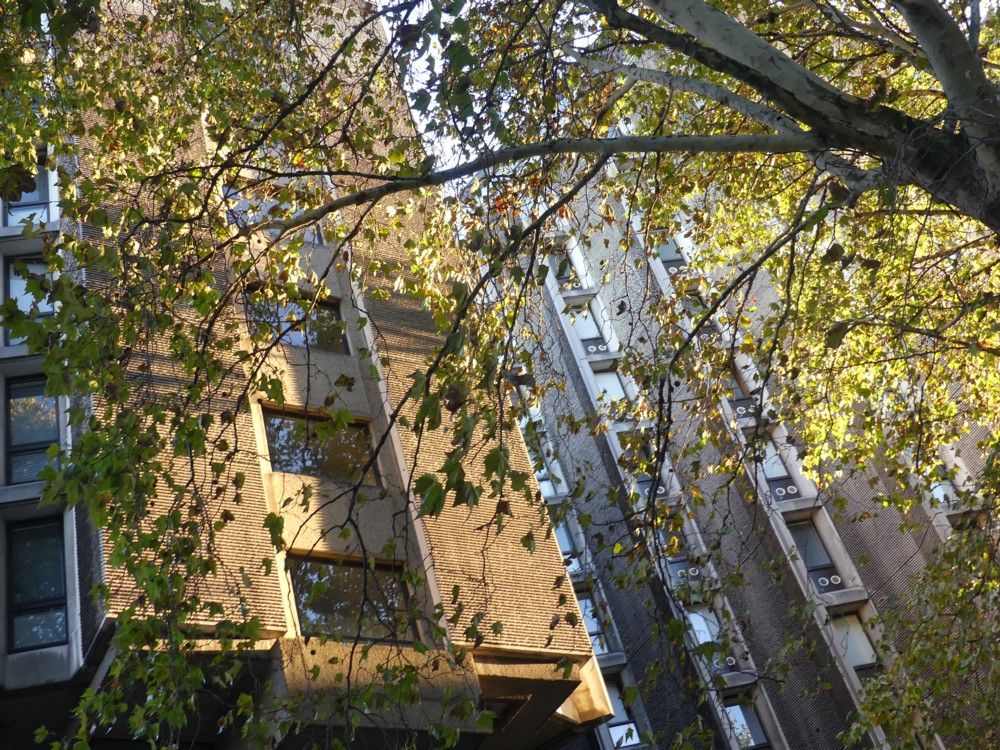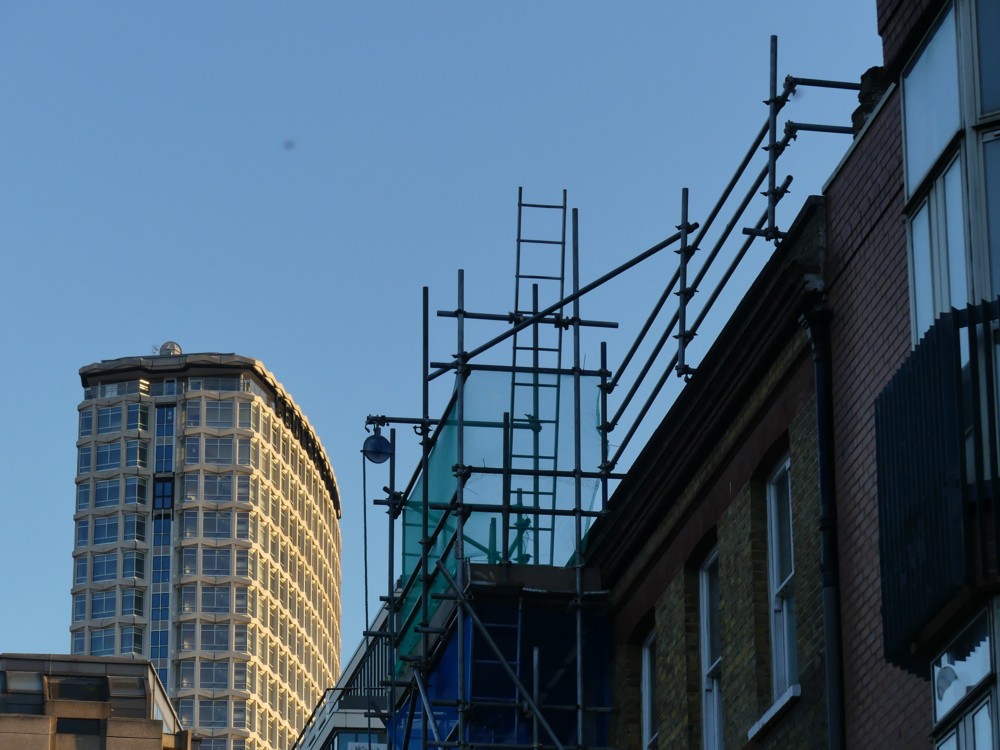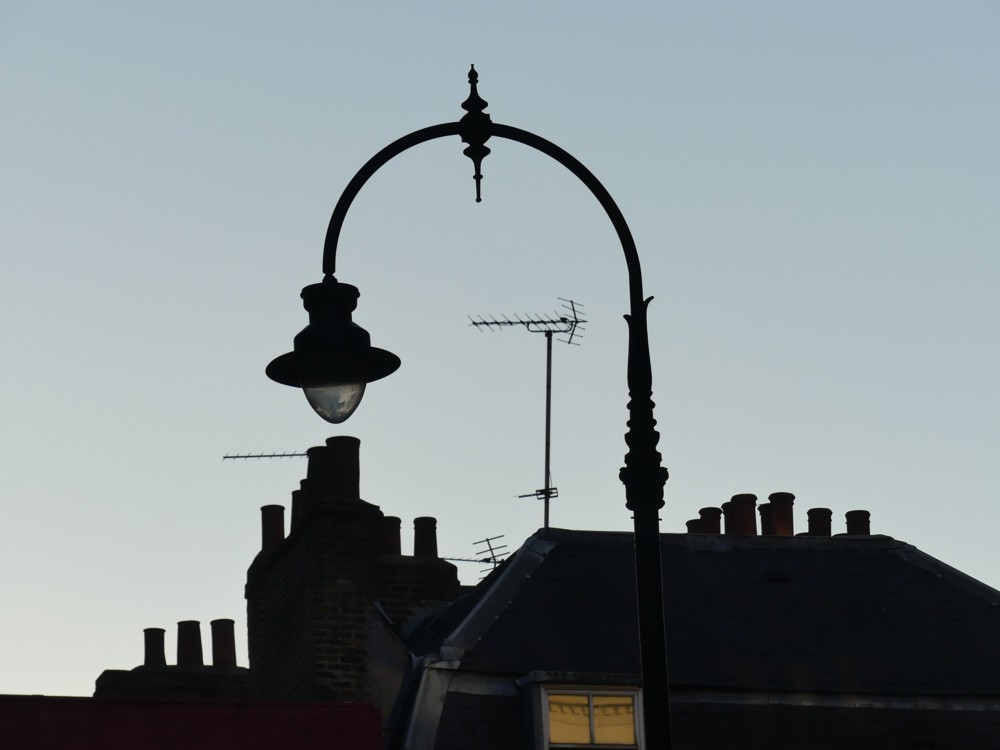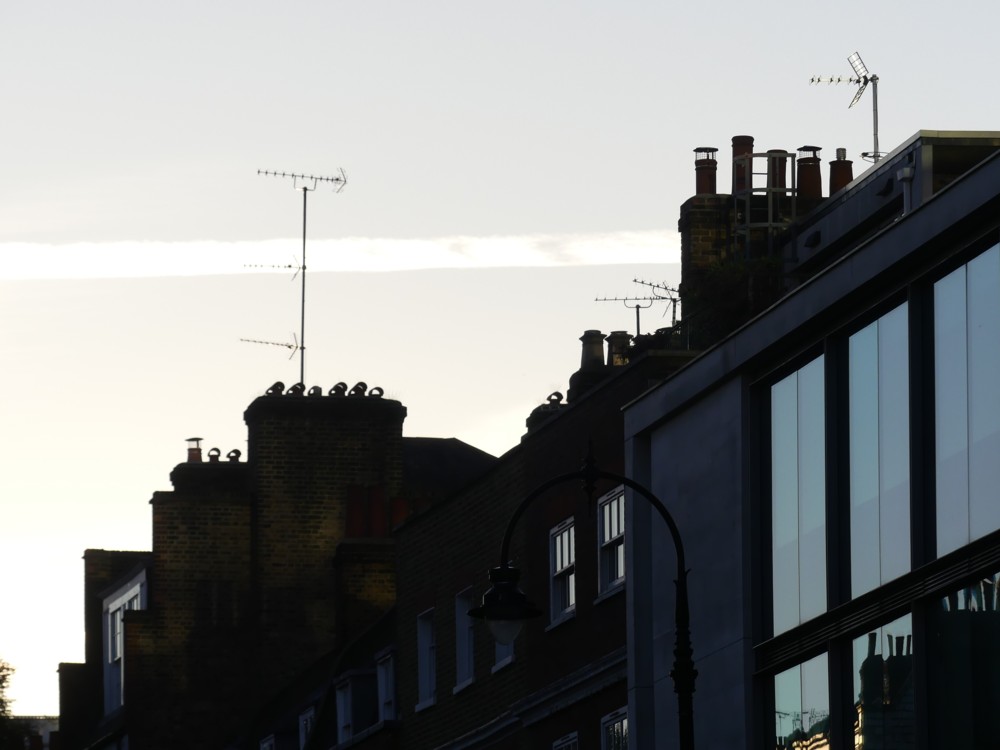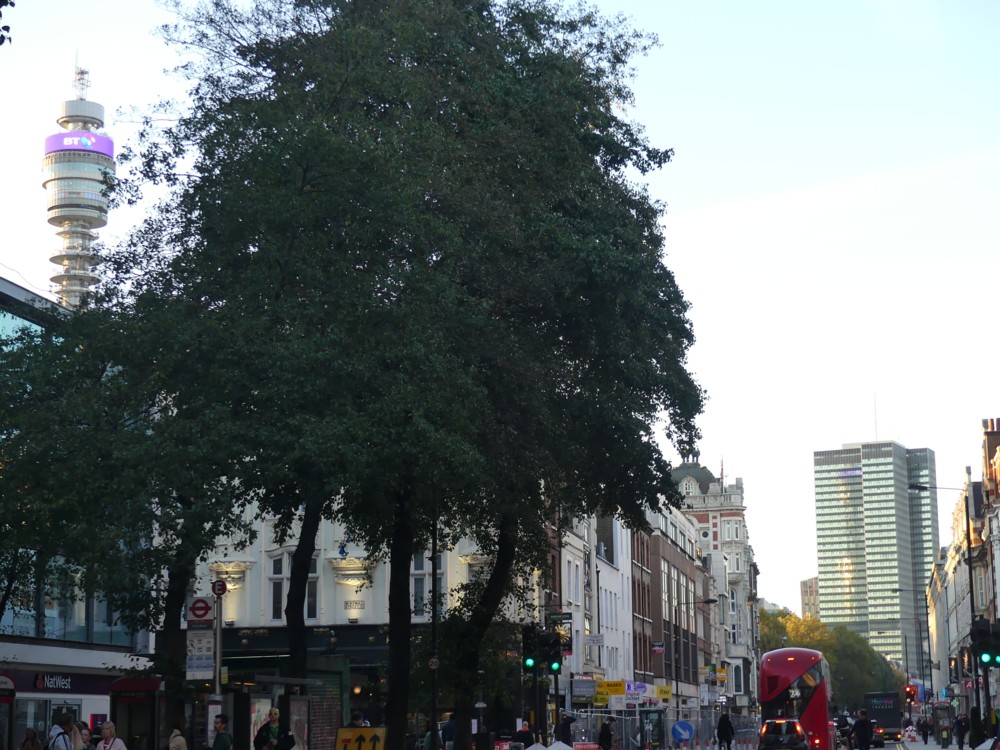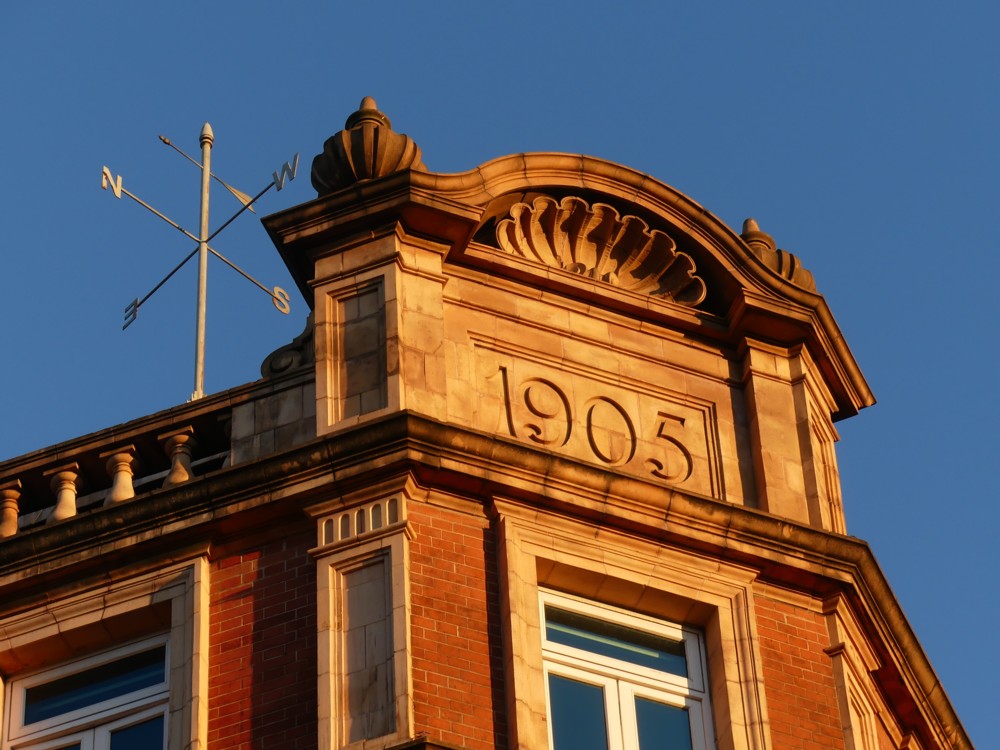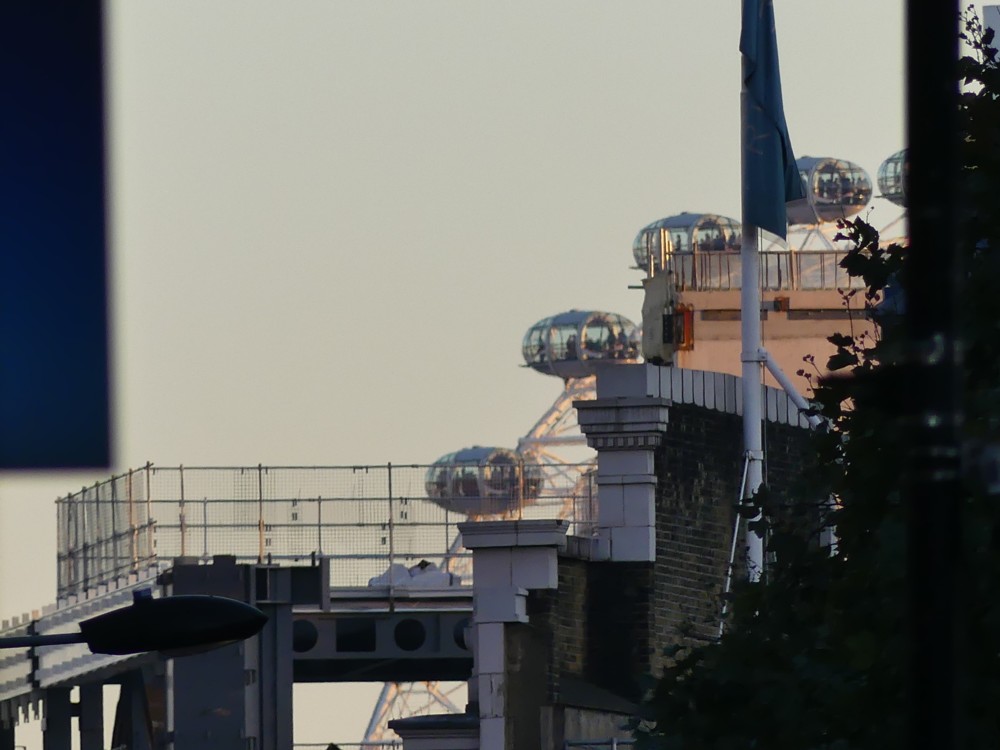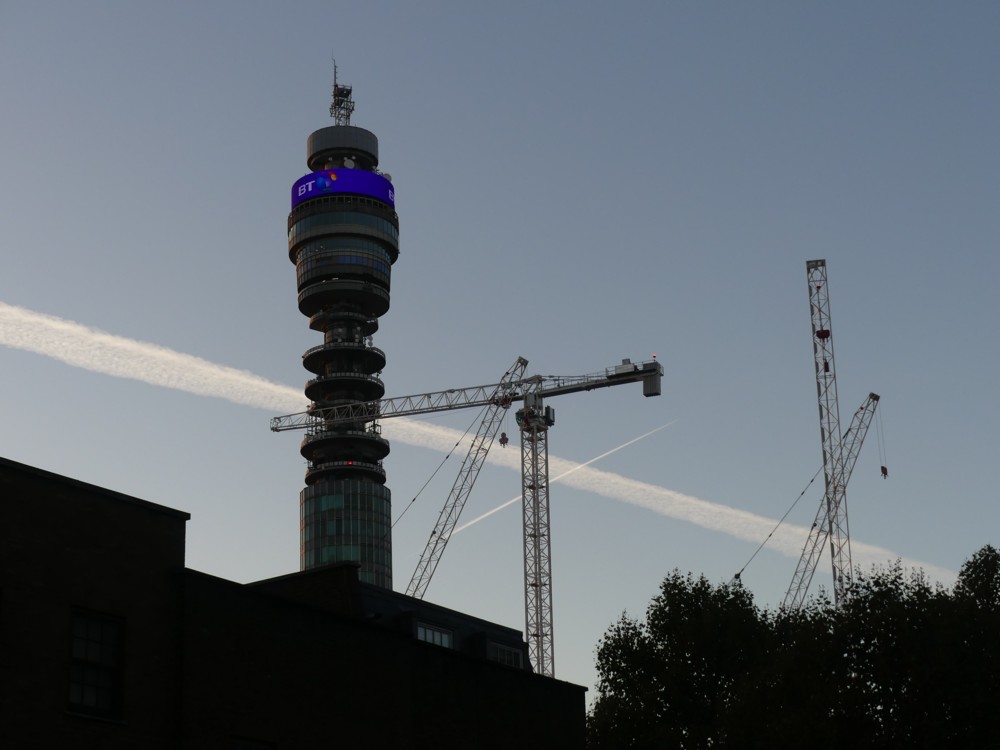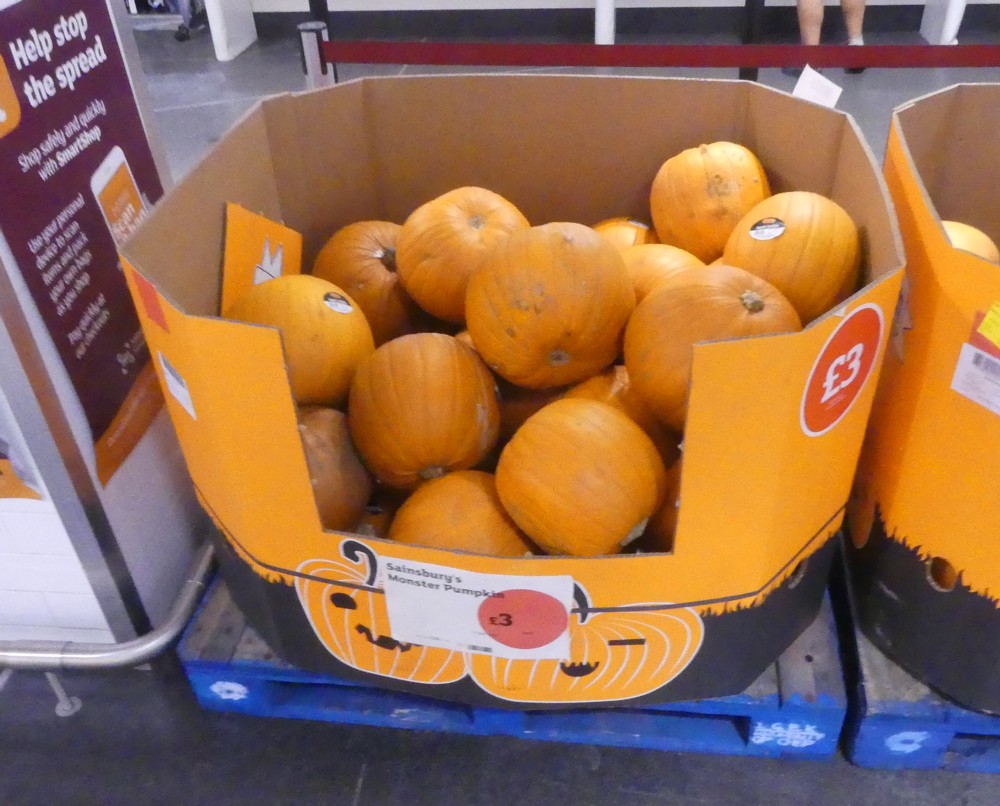Often, when out-and-abouting, I go down Victoria Street and across Westminster Bridge, before turning left and walking downstream along the south bank of the river. But last Wednesday, instead of going over the bridge, I turned left at the Boudicca Statue and walked along the north side of the River. That takes you past more statues, slightly off-the-beaten-track of the best known history. Parliament Square has Mandela, Gandhi and Churchill, to name three particularly well-known historical celebs. On the North Bank, as you walk towards Embankment Tube, you encounter: Tyndale, the first translator of the Bible into English. You see Charles Portal, who was Chief of the Air Staff during WW2, without ever doing anything that caught the popular imagination, as they say, in the manner of Dowding or Guy Gibson or Douglas Bader. There is Gordon of Khartoum, who got himself killed in Khartoum and who was a huge celeb in his own time, but is now fading into the history books.
And, just before you get to Embankment Tube, there is this handsome looking grandee:
This, proclaims the plinth under him, is “Bartle Frere”.
Even for me, with all that time and money that was spent teaching me what is now decidedly ancient history, Bartle Frere is only a name. But now, in the age of the Internet, questions like “Who on earth was Bartle Frere?” are easily answered. And it turns out that Bartle Frere, or, to give him his full name, Sir Henry Bartle Edward Frere was a late nineteenth century colonial administrator of a sort who cannot now be discussed without extreme embarrassment and censure. He first had an impact in India, following the Indian Mutiny, generally cracking the whip and centralising British power there. And then they sent him to South Africa, to do the same there. Wars followed, against the Zulus, and eventually the Boer War. He seemed to have a genius for pissing people off, so much so that even at the time, people became rather doubtful about him.
You might think that, during the recent little moment of statue-complaining that came and went a few months ago, Bartle Frere would have more than qualified for public condemnation and possible toppling. Trouble is, he is just not known about or cared about. Nobody now says: “What we now need is another Bartle Frere.” “If only politicians nowadays had the moral stature of Bartle Frere.” They say this kind of thing about Mandela, Gandhi and Churchill, so if the wokists can find something unwoke to complain about with one of those guys, iconoclasm can at least be threatened, and a rise can be got out of all the people who respond by saying: Hey, leave Gandhi alone! Hands off Churchill! But nobody cares about Bartle Frere.
Iconoclasm only works if there is an actual icon to be clasmed, or clasmatised, or whatever the word is. Bartle Frere is not an icon, not now. He is now a nobody. So, his statue stood and stands tall and proud and utterly ignored by all but weirdos like me, and the woke mob never laid a finger on him.
At no point, a few months back when all the statue toppling was going on, was it felt necessary to put Bartle Frere in a box.

